Wooden furniture adds a touch of elegance and warmth to any bathroom.
However, the humid environment can pose a challenge to its longevity.
This article will guide you on how to protect and maintain your wooden bathroom furniture, including wood medicine cabinets.
With the right care and maintenance, you can ensure your wooden pieces remain beautiful and functional for years to come.
Understanding the Challenges of Bathroom Humidity for Wooden Furniture
Bathrooms are often the most humid rooms in a home.
This is due to the steam from hot showers and baths.
Wooden furniture in such an environment can absorb this moisture, leading to swelling and warping over time.
Additionally, the constant fluctuation in temperature and humidity levels can cause the wood to expand and contract.
This can result in cracks and other forms of damage, compromising the integrity and appearance of your wooden furniture.
Selecting the Right Wood for Your Bathroom
Not all types of wood are suitable for a bathroom setting.
Certain species of wood, such as teak and cedar, are naturally resistant to moisture and can withstand the humid environment.
These woods have oils that repel water, making them less likely to warp or crack.
When choosing wooden furniture for your bathroom, consider these moisture-resistant options for their durability and longevity.
Essential Tips for Wooden Medicine Cabinets with Mirrors

Wooden medicine cabinets with mirrors are both functional and aesthetically pleasing.
However, they require special care to maintain their beauty and functionality.
Regular cleaning with mild detergents and a soft cloth can prevent the buildup of mold and mildew.
Remember to dry the surfaces immediately after cleaning to prevent water damage.
Daily Maintenance for Wood Medicine Cabinets
Daily maintenance is key to prolonging the life of wood medicine cabinets.
A simple wipe down with a dry cloth can remove dust and prevent buildup.
Avoid using harsh chemicals or abrasive materials that can damage the wood.
Instead, opt for mild soaps or natural cleaning solutions like vinegar and water mixtures.
The Importance of Proper Ventilation and Humidity Control
Bathrooms are often humid, which can be harmful to wooden furniture.
Proper ventilation is crucial to control humidity levels and prevent damage.
Consider installing an exhaust fan or opening a window after showers to reduce moisture.
Also, using a dehumidifier or moisture absorbers can help maintain a wood-friendly environment.
Cleaning Techniques for Wood Frame Medicine Cabinets
Cleaning your wood frame medicine cabinet regularly is essential for its longevity.
Use a soft cloth and mild detergent to gently wipe the surface.
For stubborn stains, a mixture of vinegar and water can be effective.
Remember to dry the surface immediately after cleaning to prevent water damage.
Sealing and Protecting Your Wooden Bathroom Furniture
Sealing your wooden bathroom furniture is a crucial step in its maintenance.
A good sealant acts as a barrier, protecting the wood from moisture and humidity.
There are various types of sealants available, including polyurethane, varnish, and lacquer.
Oil-based sealants offer a rich, glossy finish and excellent durability. Water-based sealants, on the other hand, dry quickly and are easier to clean up.
Here's a simple step-by-step guide to sealing your wooden furniture:
- Clean the surface thoroughly and let it dry.
- Lightly sand the surface to prepare it for the sealant.
- Apply the first coat of sealant and let it dry.
- Sand the surface lightly again.
- Apply the second coat and let it dry.
- Repeat the process until you achieve the desired level of protection.
Remember to reapply the sealant periodically to maintain its effectiveness.
Addressing Common Issues and Repairs
Over time, wooden furniture in your bathroom may show signs of wear and tear.
Common issues include loose joints, peeling finish, or minor scratches and dents.
For loose joints, a bit of wood glue can often do the trick. Peeling finish can be addressed by sanding and reapplying a sealant.
Minor scratches and dents can be filled with a wood filler or even a walnut rubbed over the scratch. Always remember to follow up with a sealant to protect the repaired area.
When to Seek Professional Help for Wooden Furniture Restoration
Sometimes, despite your best efforts, wooden furniture may need professional attention.
This is especially true for severe water damage, deep scratches, or structural issues.
Professional restorers have the tools and expertise to restore your furniture to its former glory.
Remember, investing in professional restoration can often be more cost-effective than replacing a high-quality piece of wooden furniture.
Final Thought: Maintaining the Beauty and Longevity of Your Bathroom's Wooden Furniture
Maintaining wooden furniture in a bathroom requires consistent care and attention.
By understanding the challenges of humidity, choosing the right wood, and following proper cleaning and sealing techniques, you can extend the life of your furniture.
Remember, regular inspections and timely repairs can prevent minor issues from becoming major problems.
With the right approach, your wooden bathroom furniture can remain beautiful and functional for many years to come.

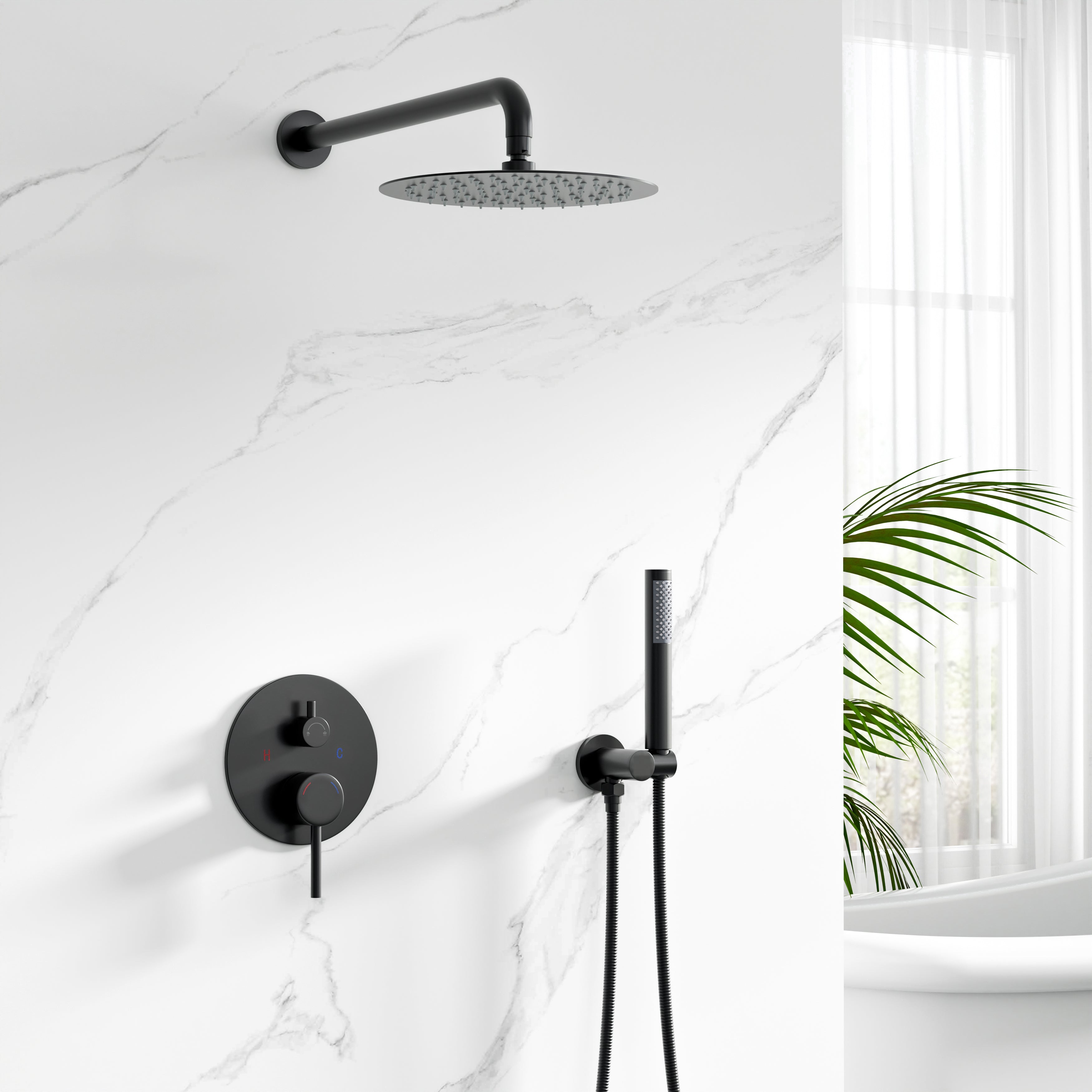
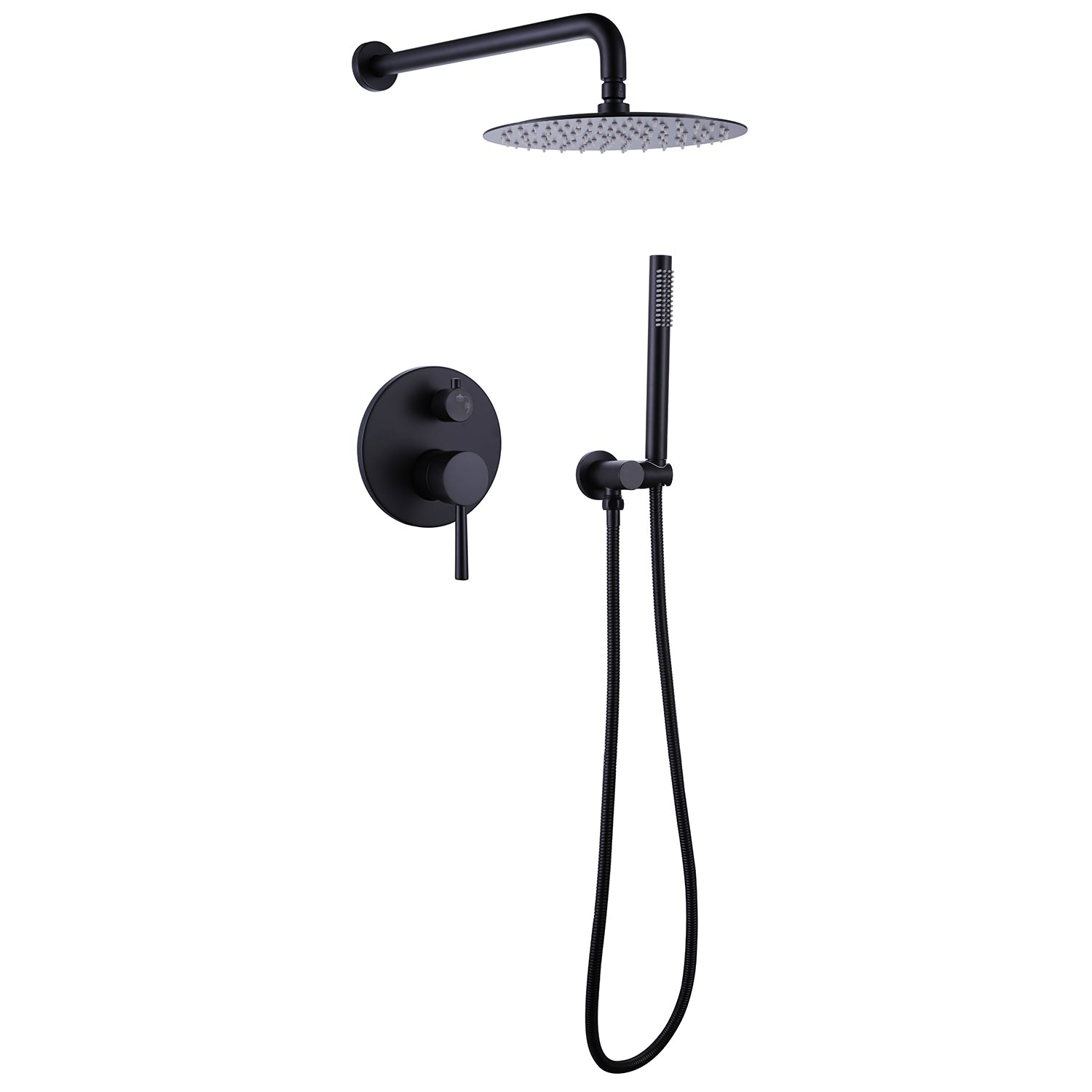


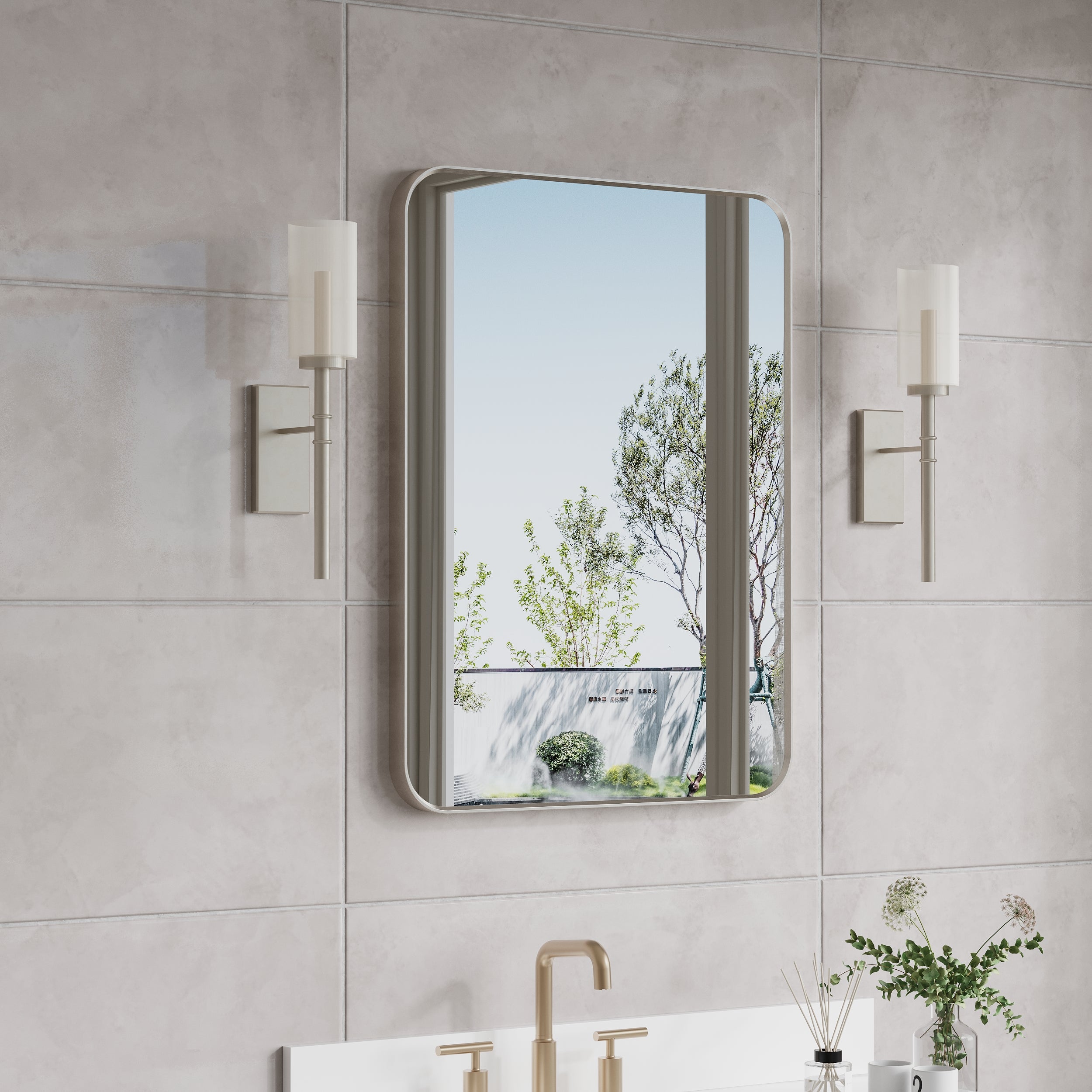

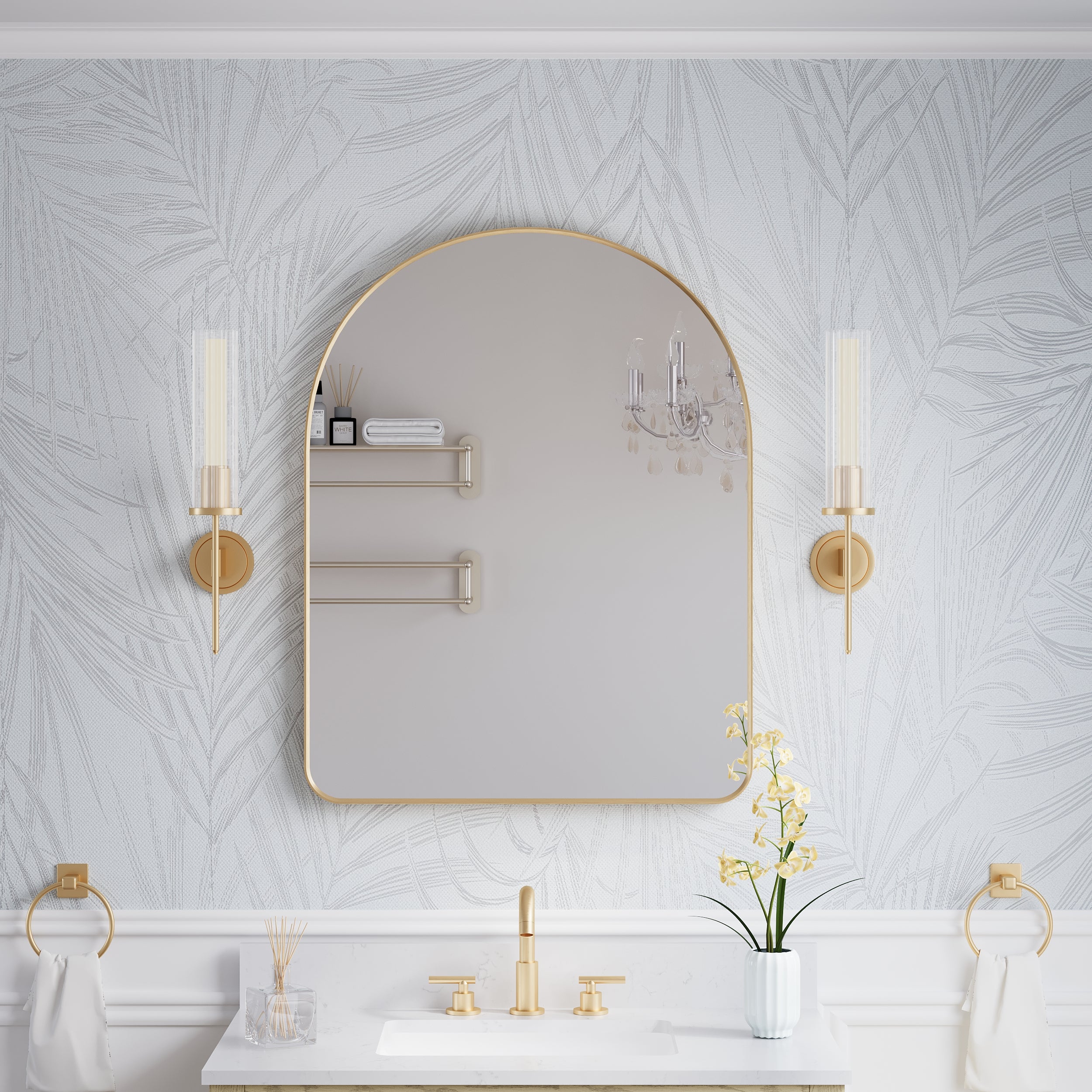

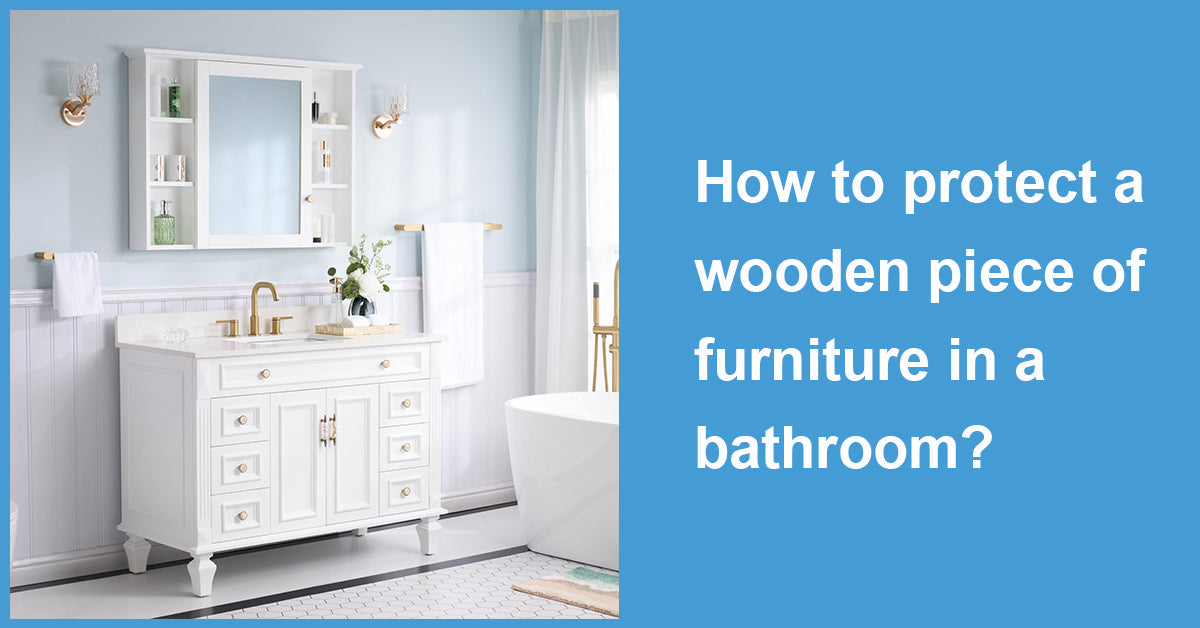

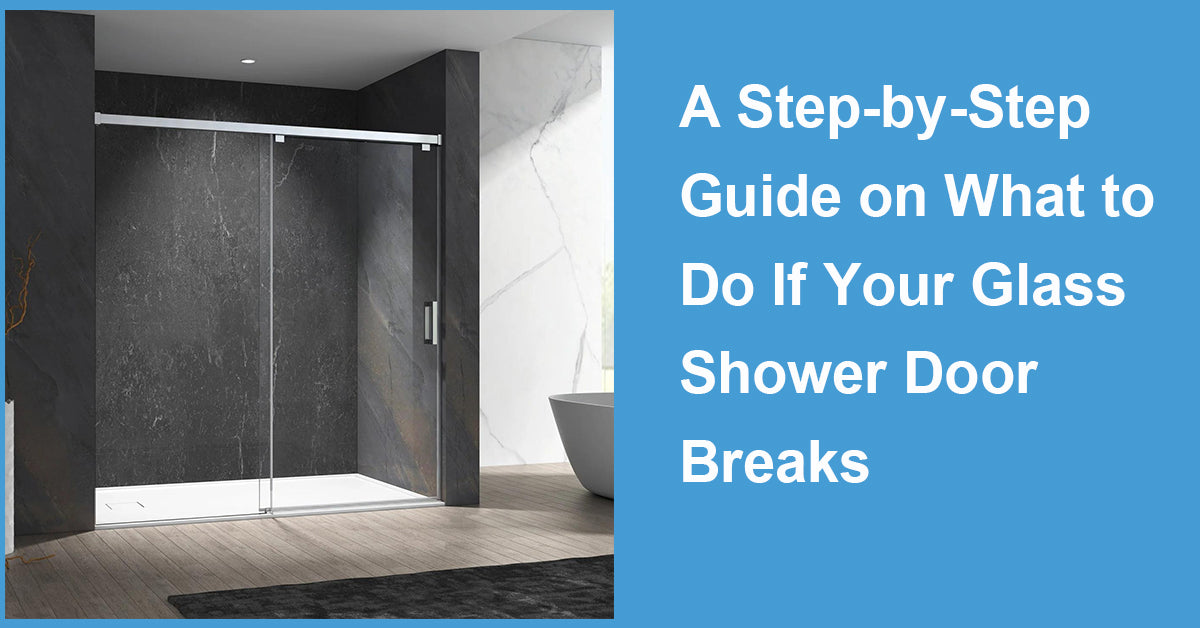
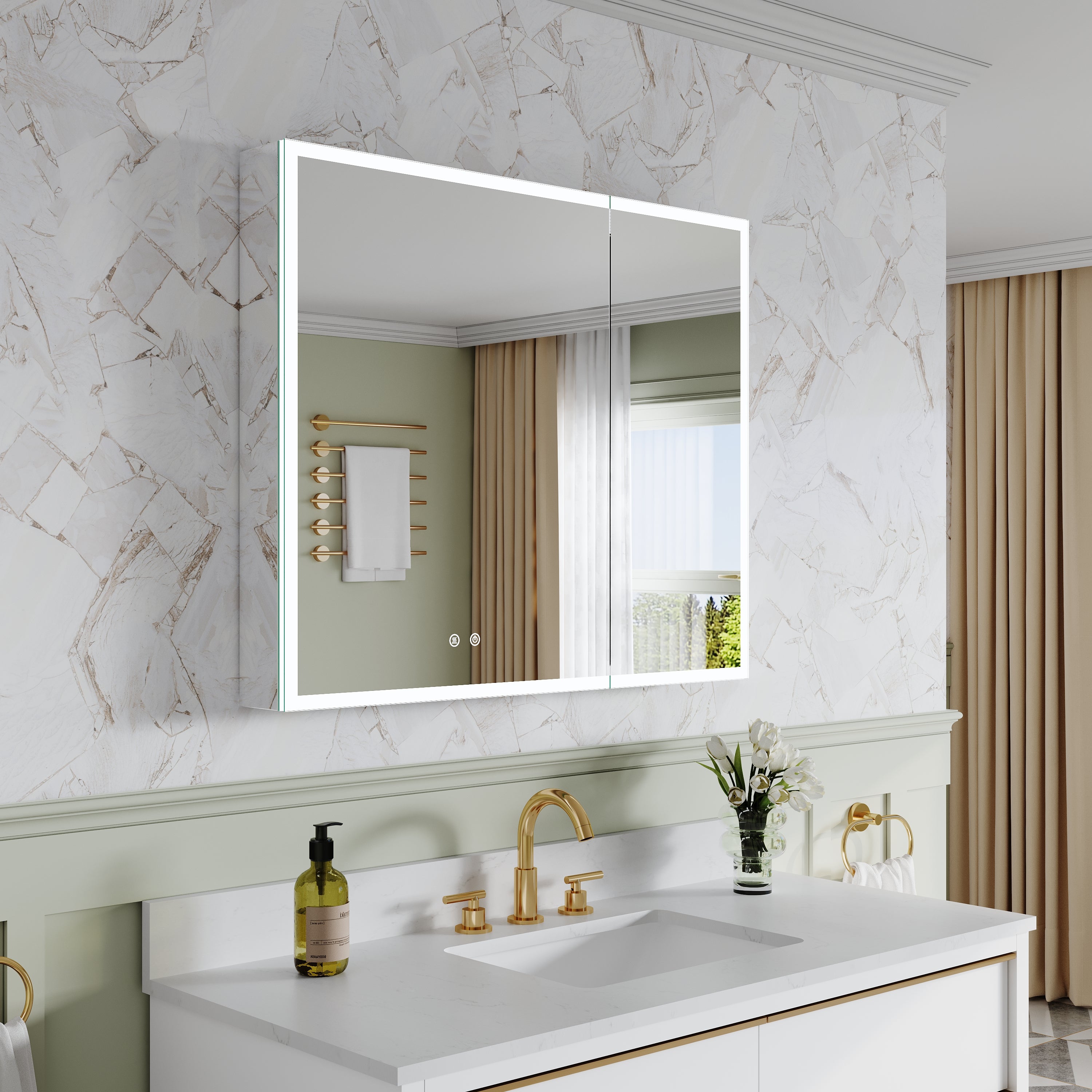

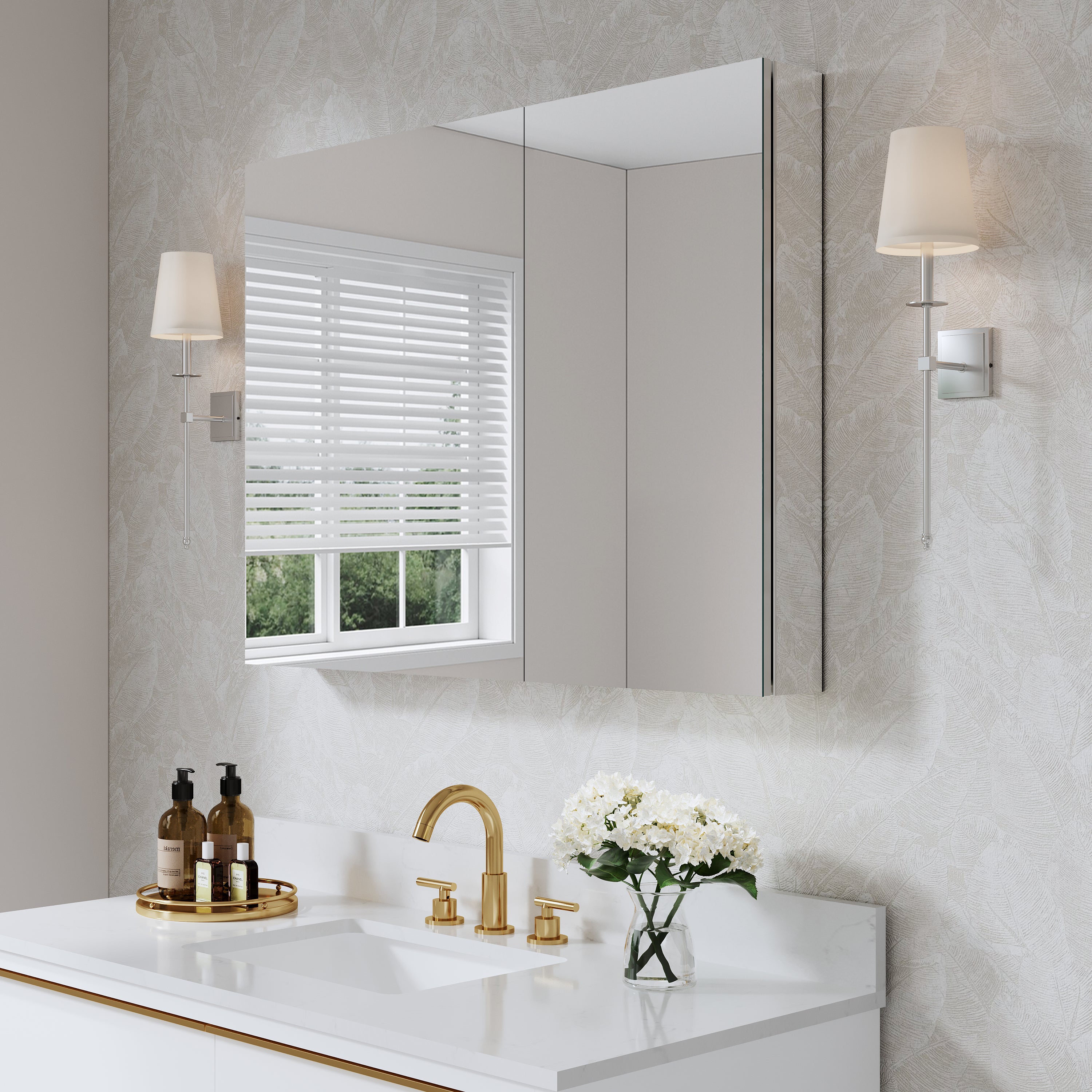

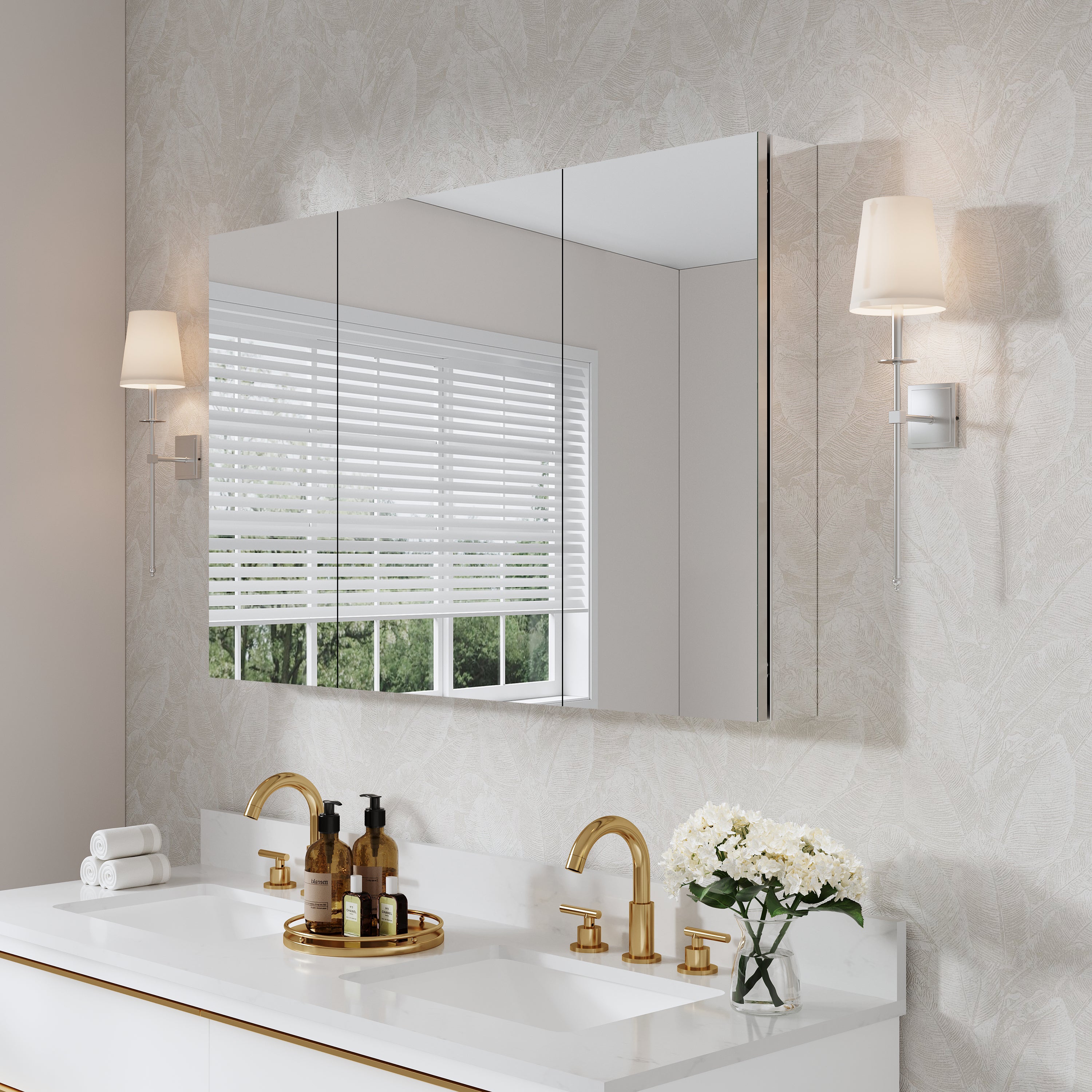
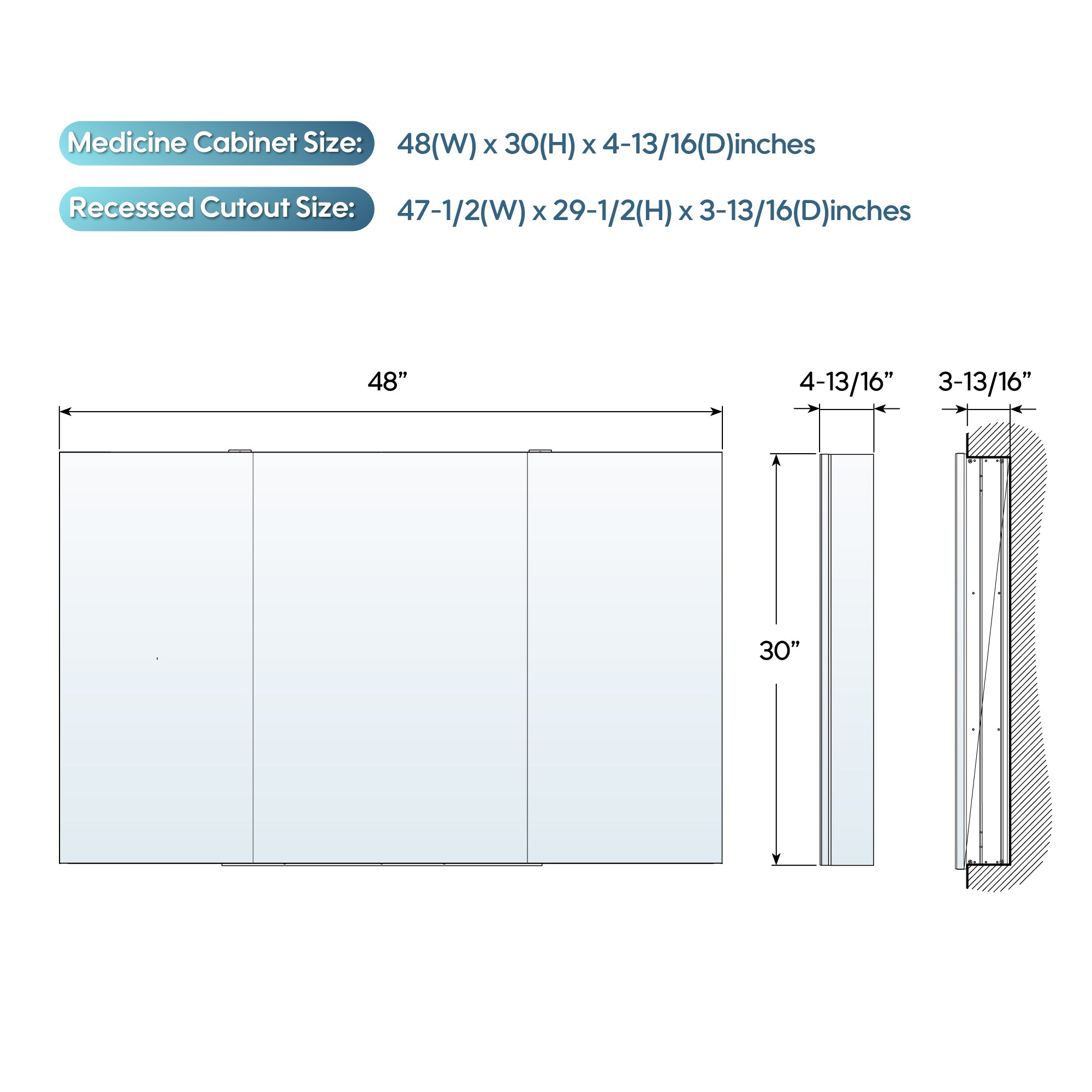
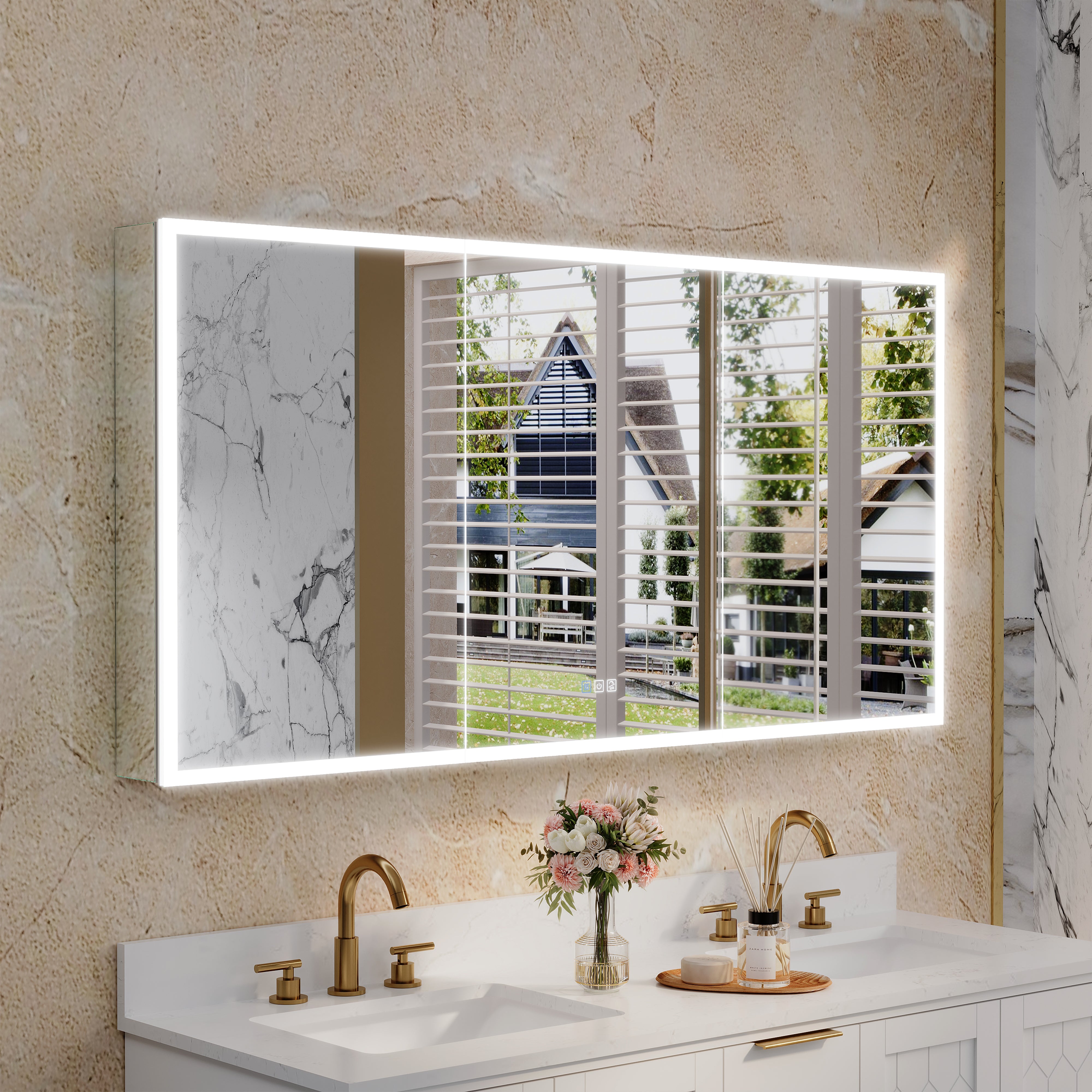

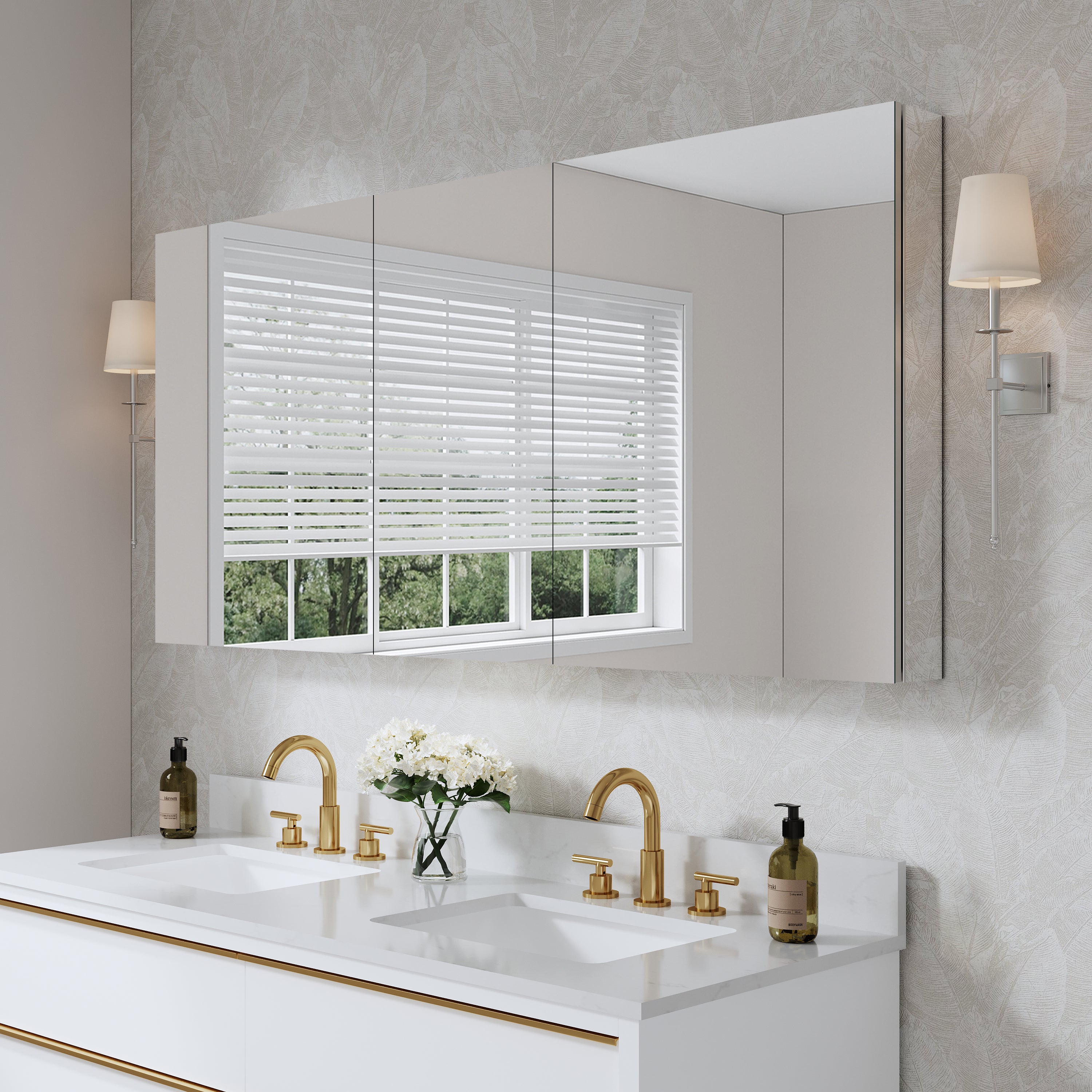

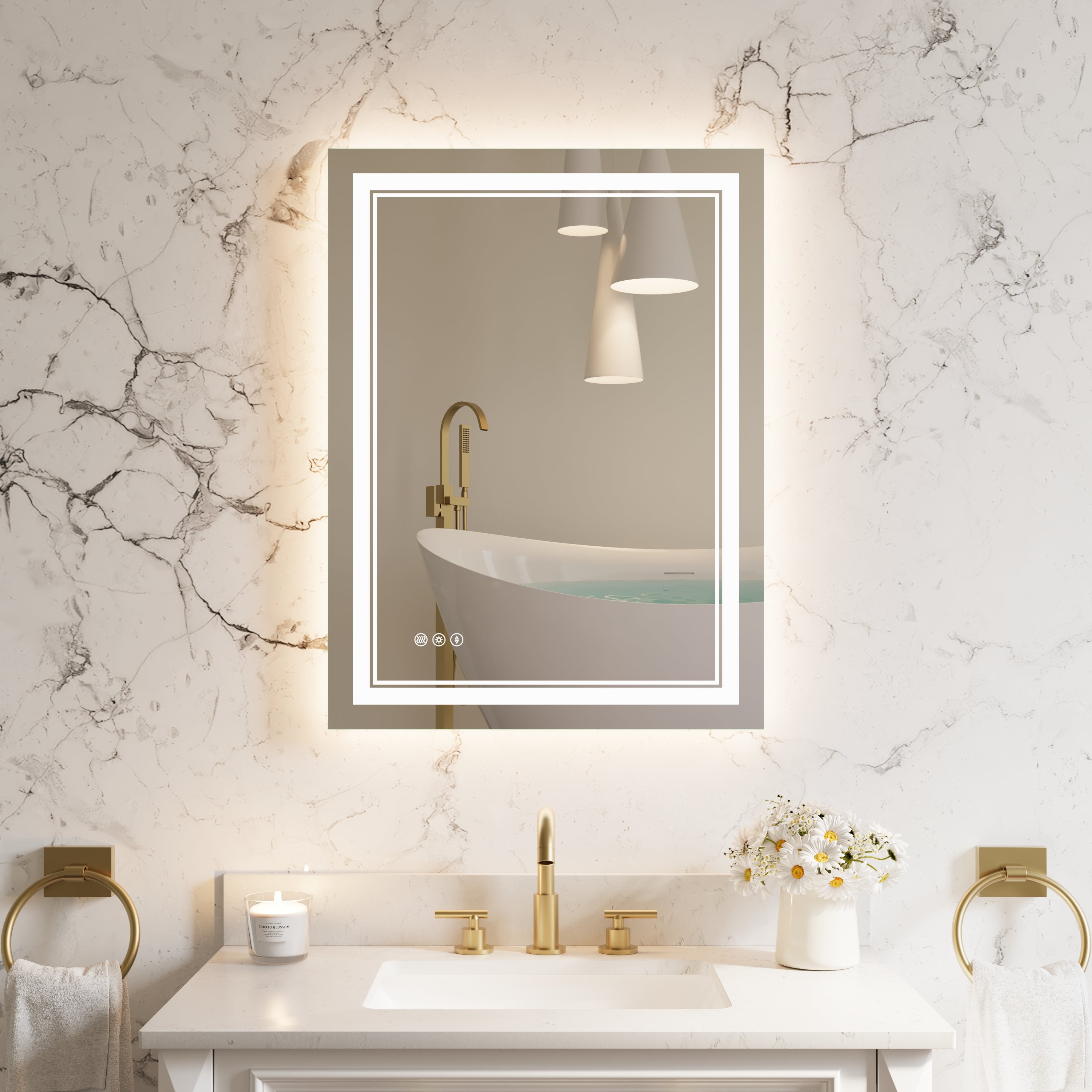
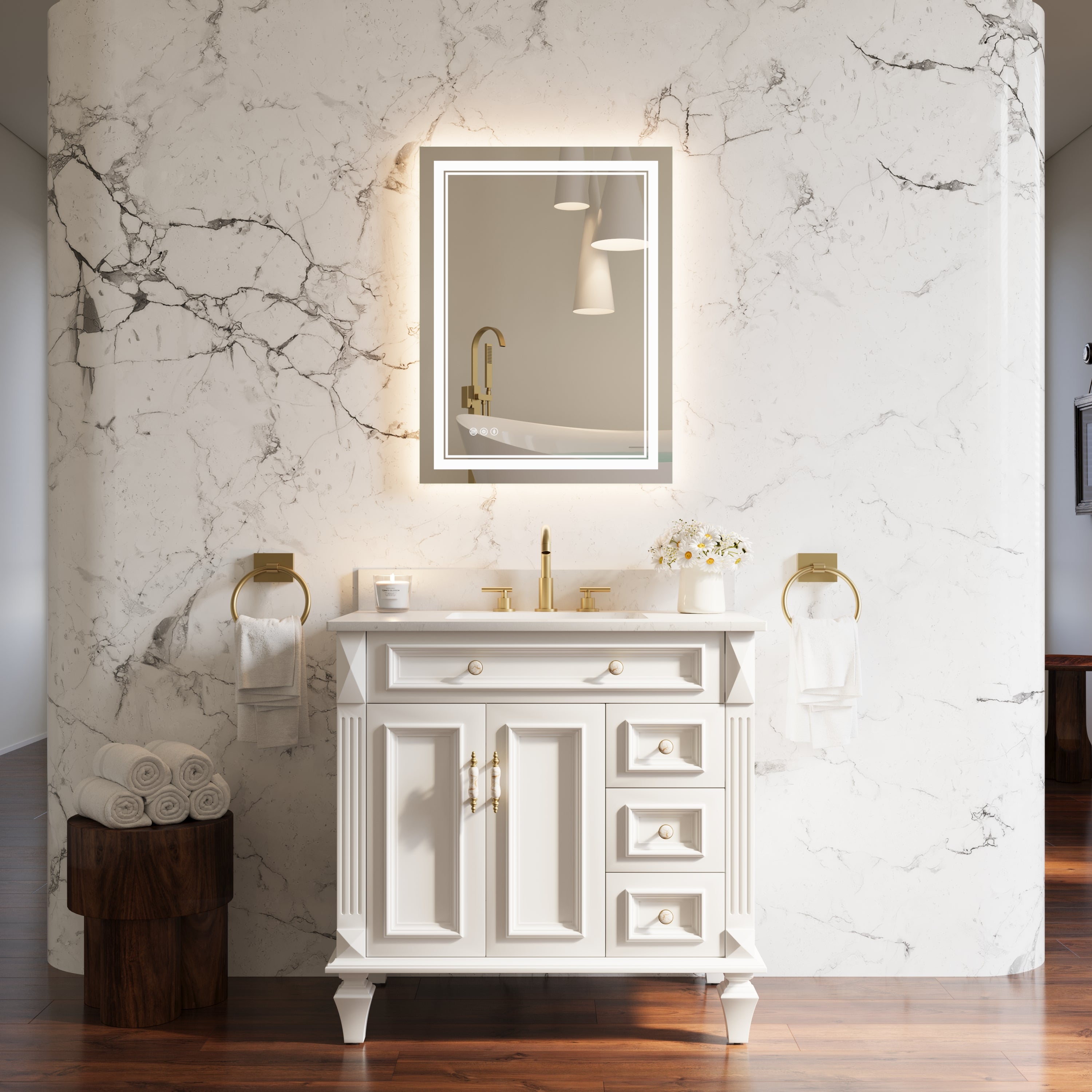
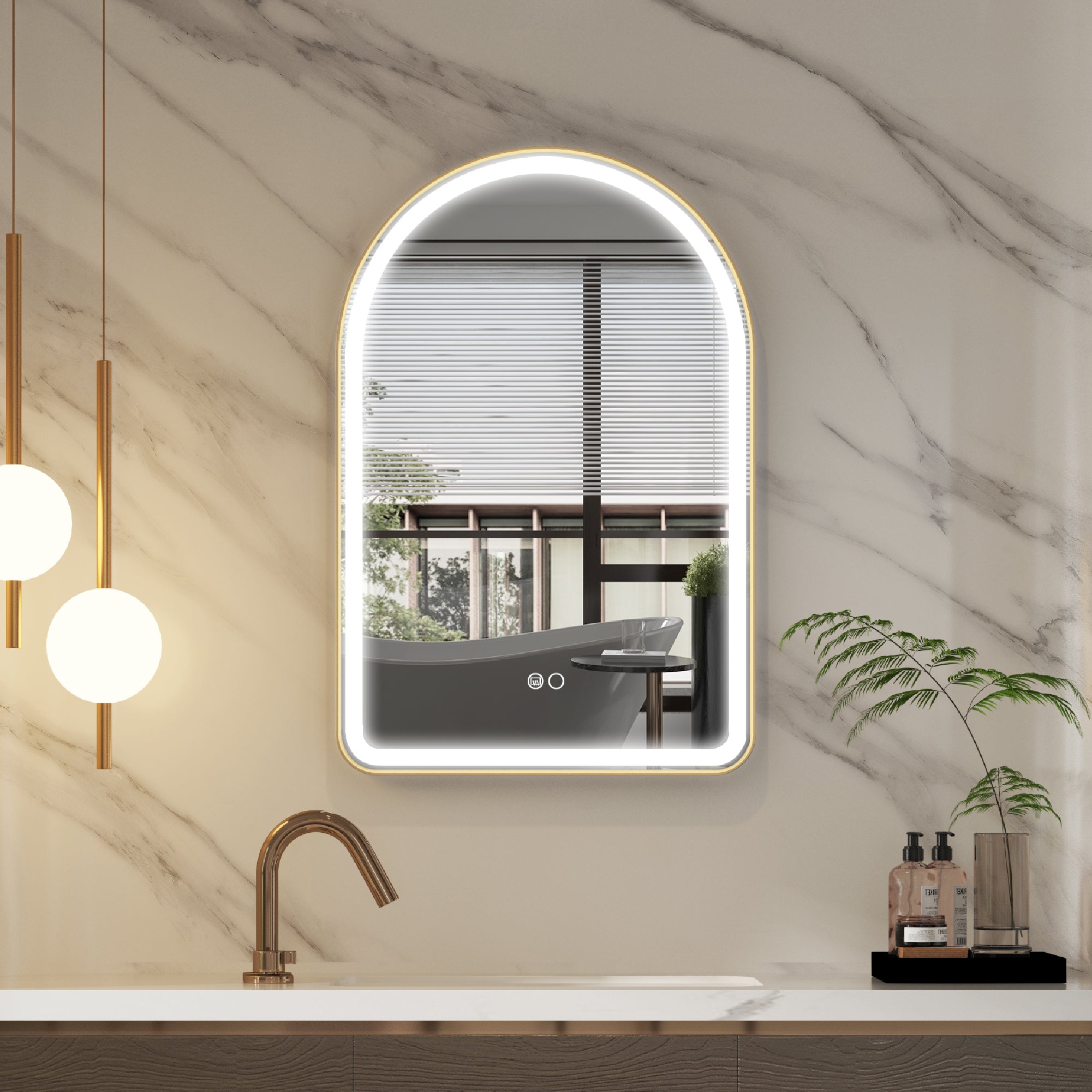
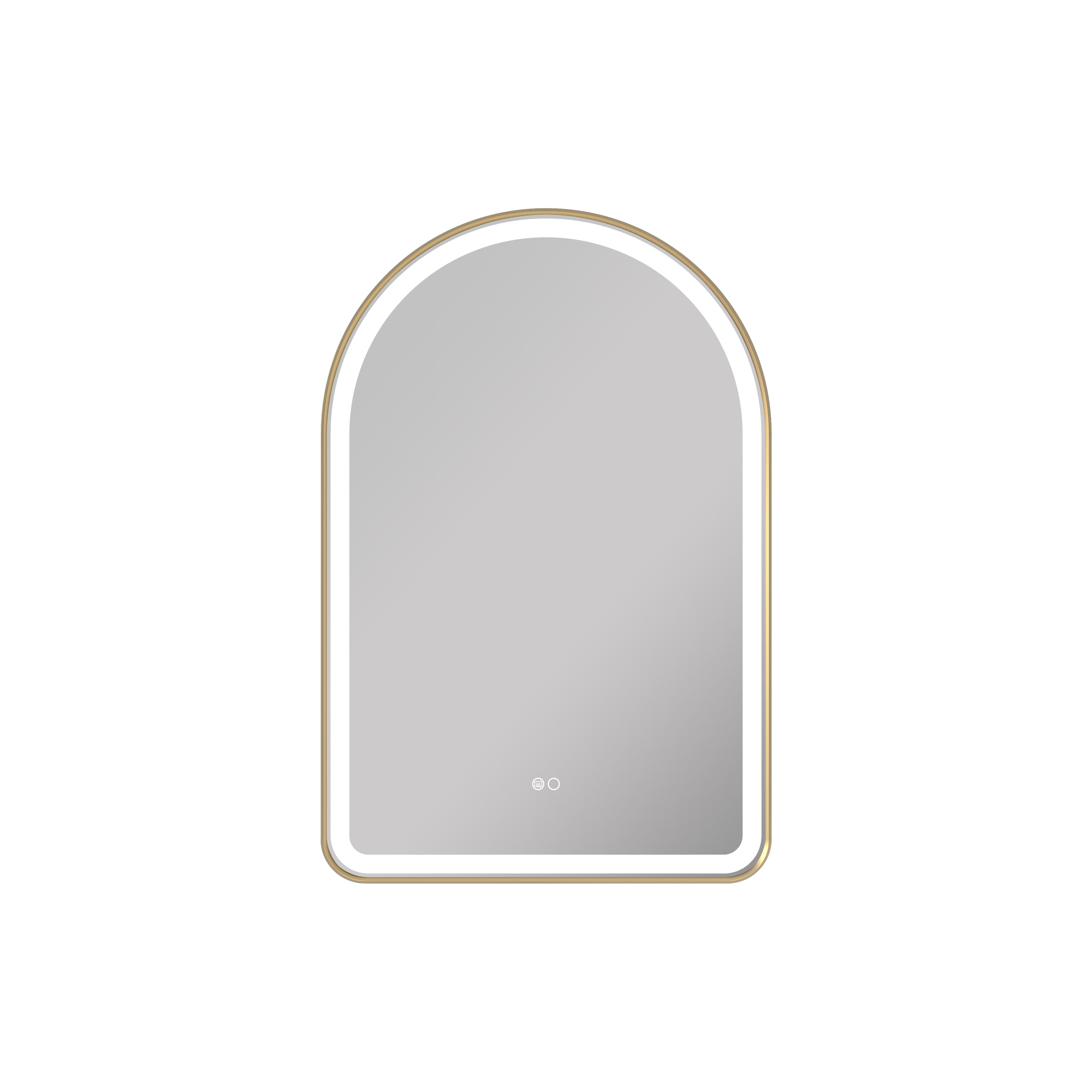
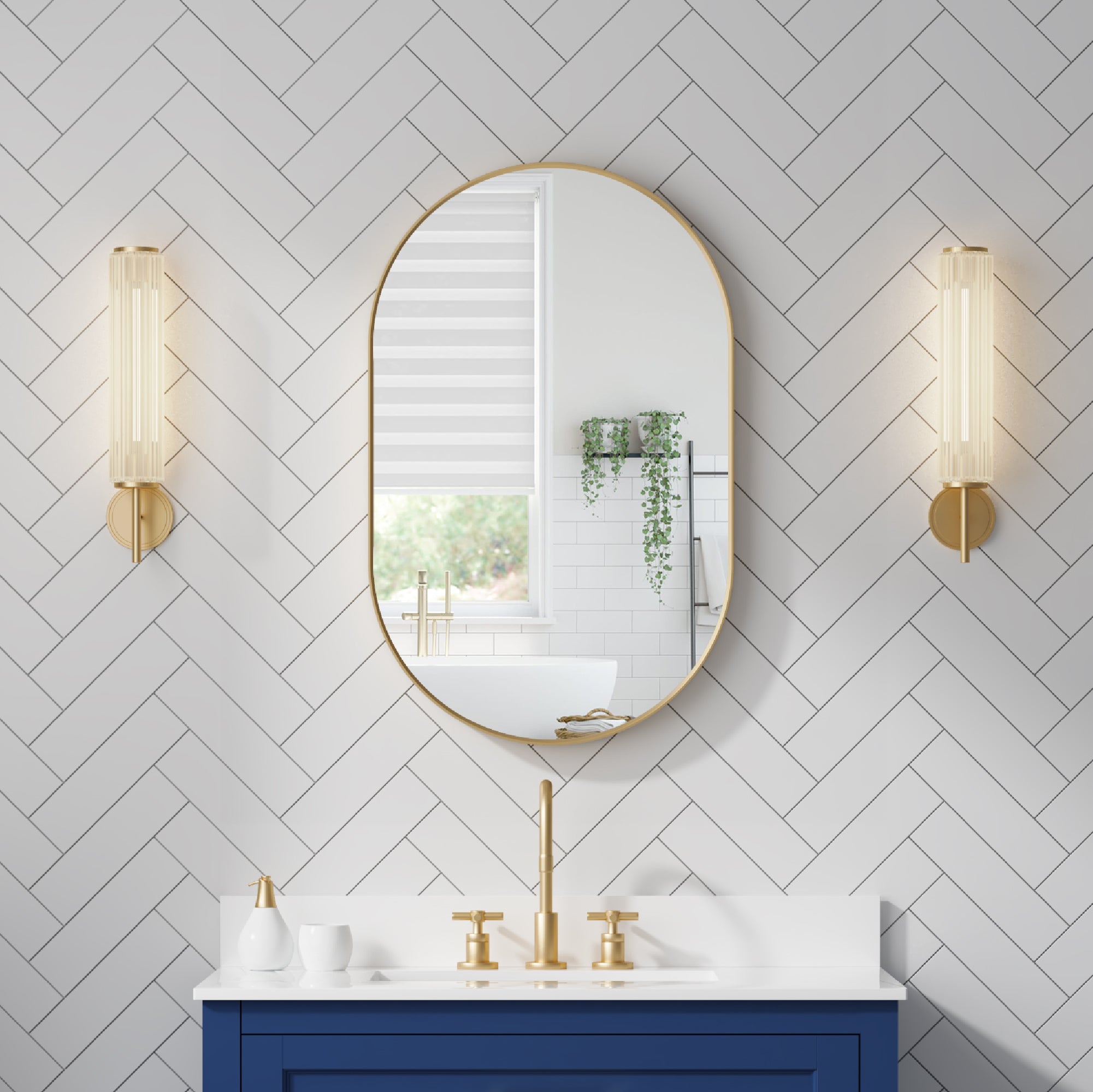
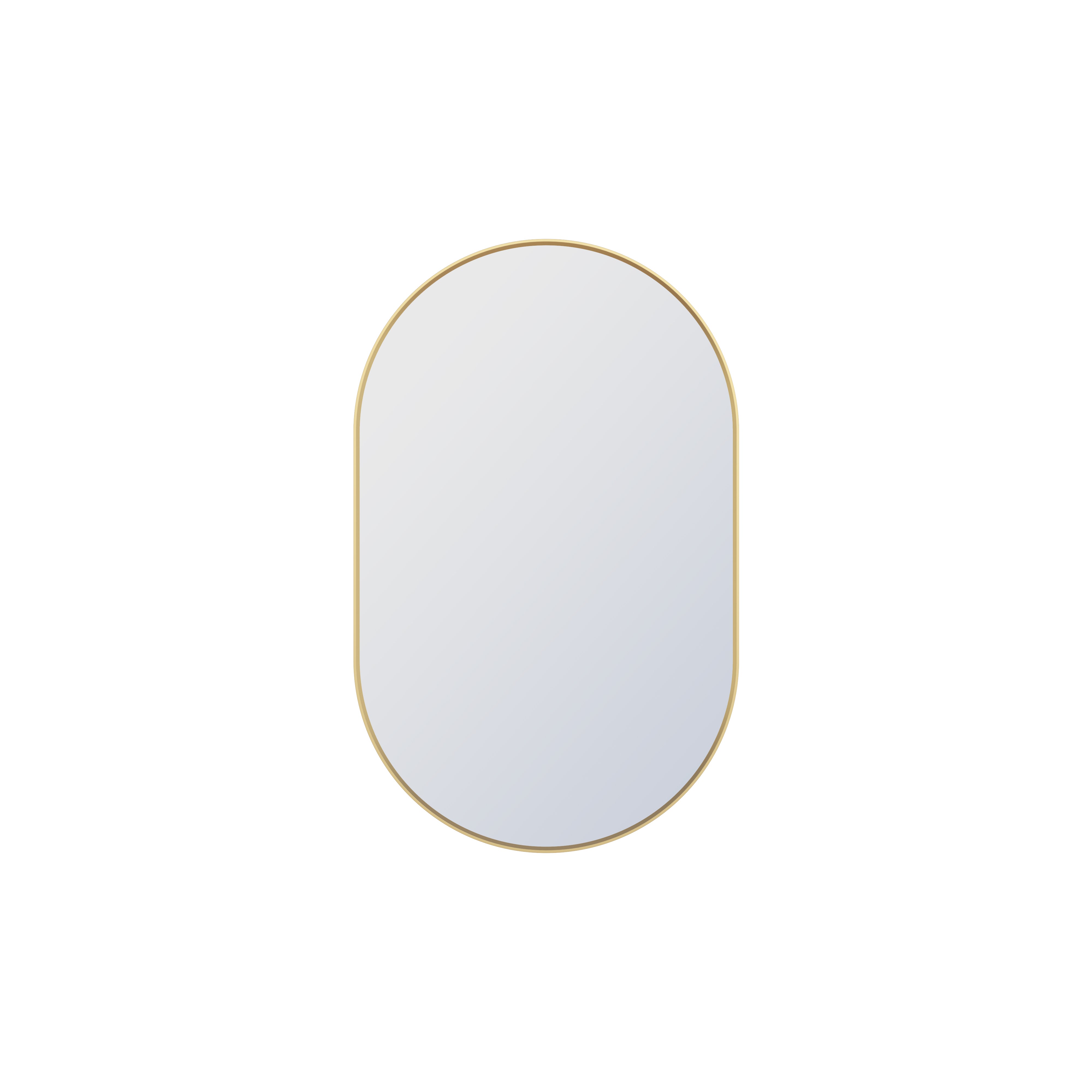
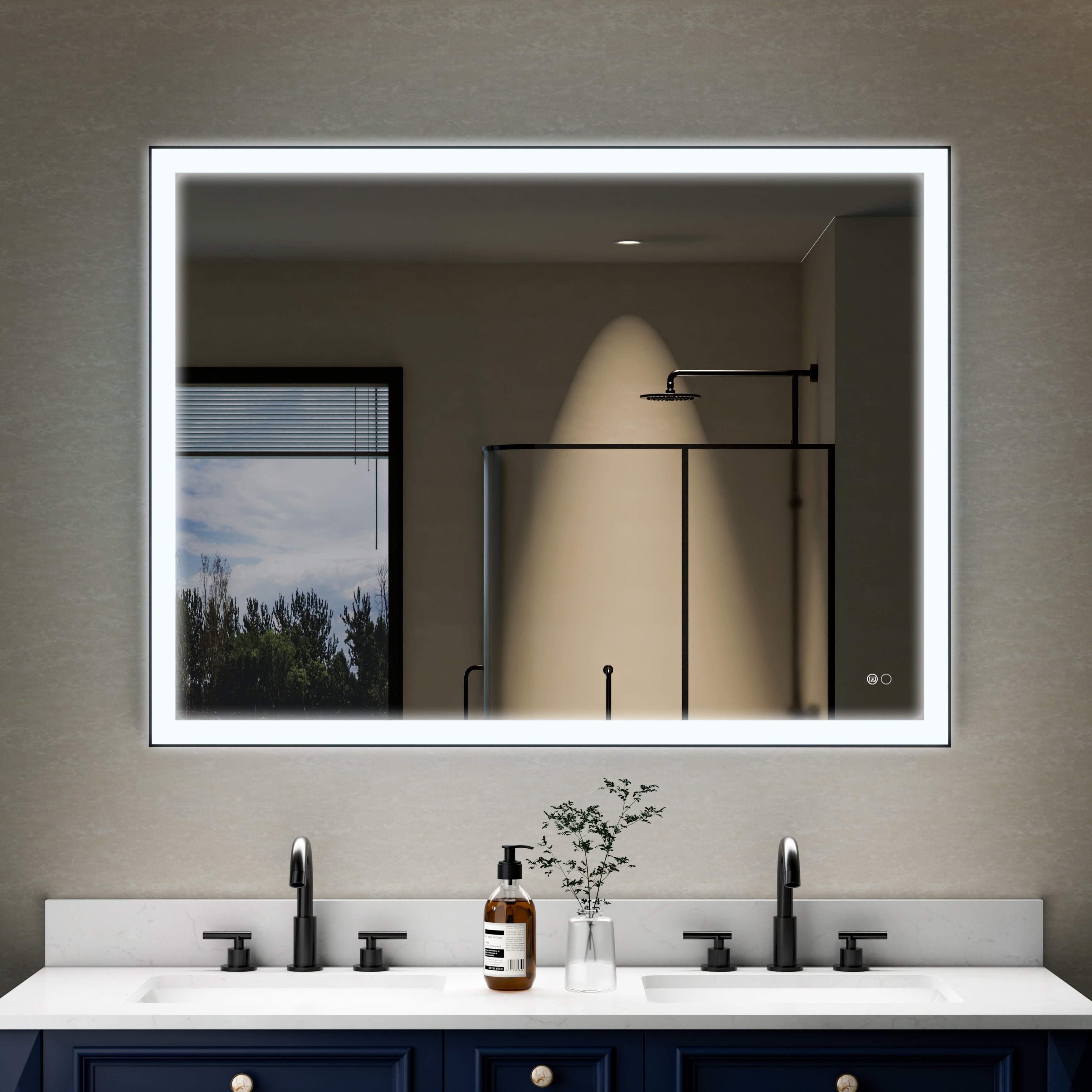
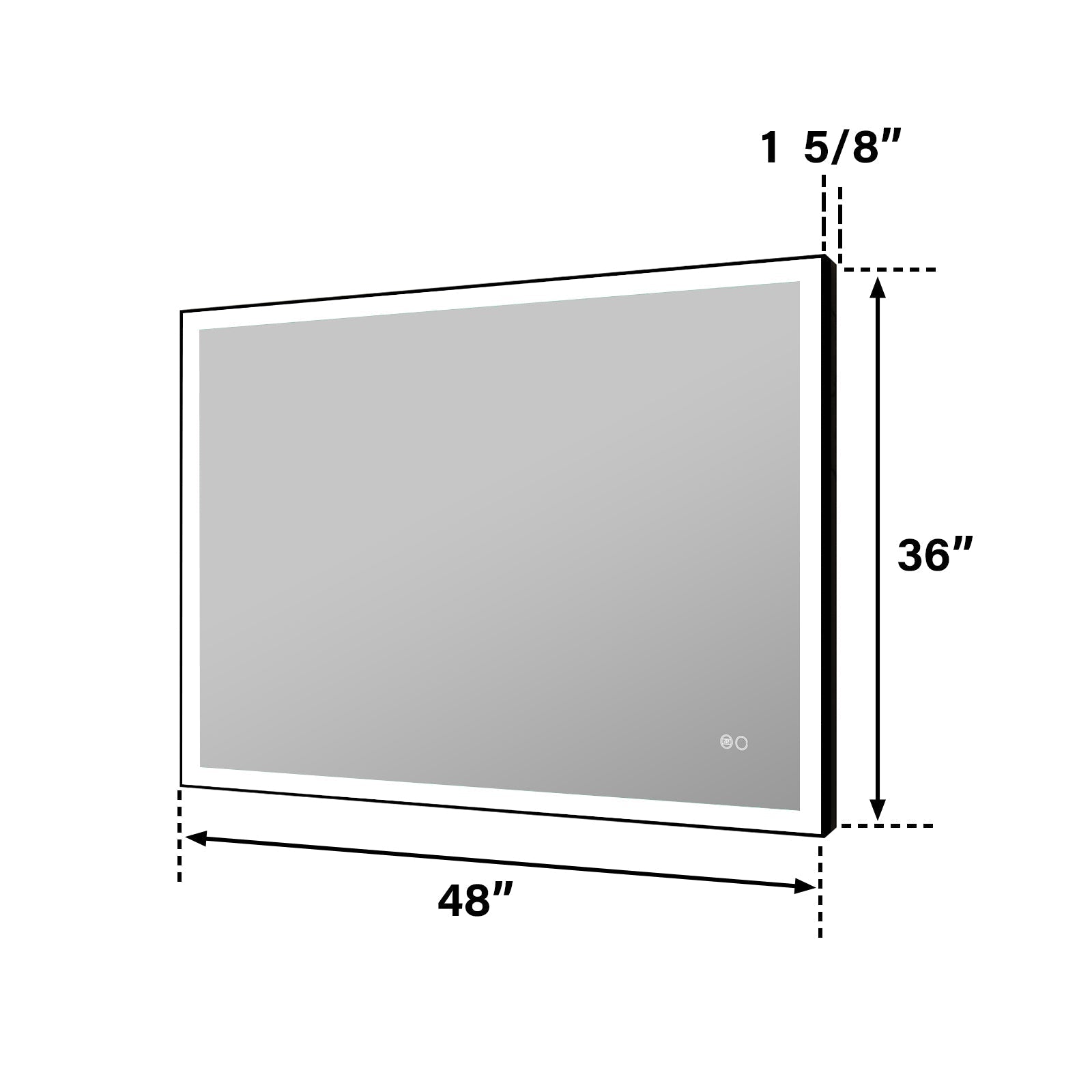
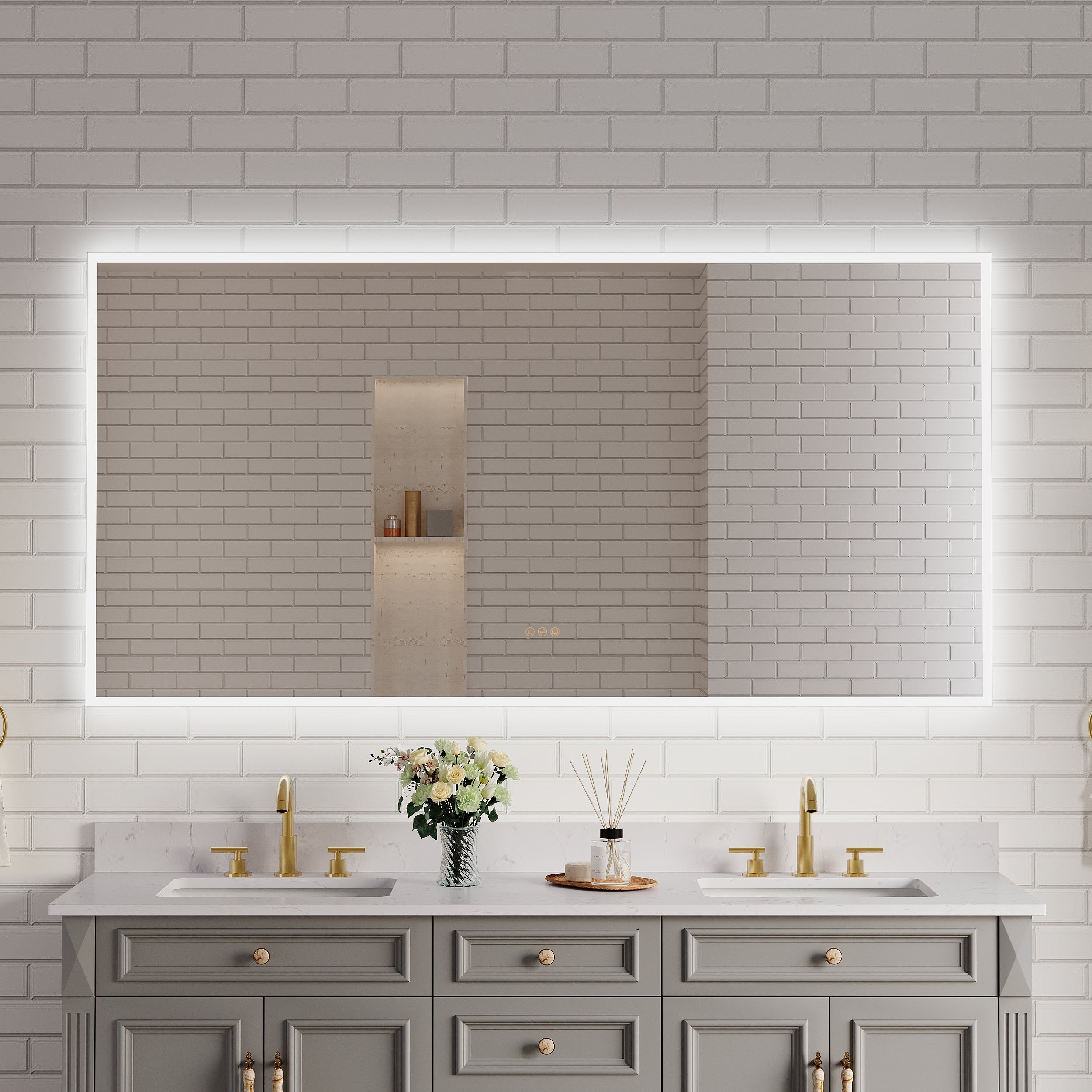

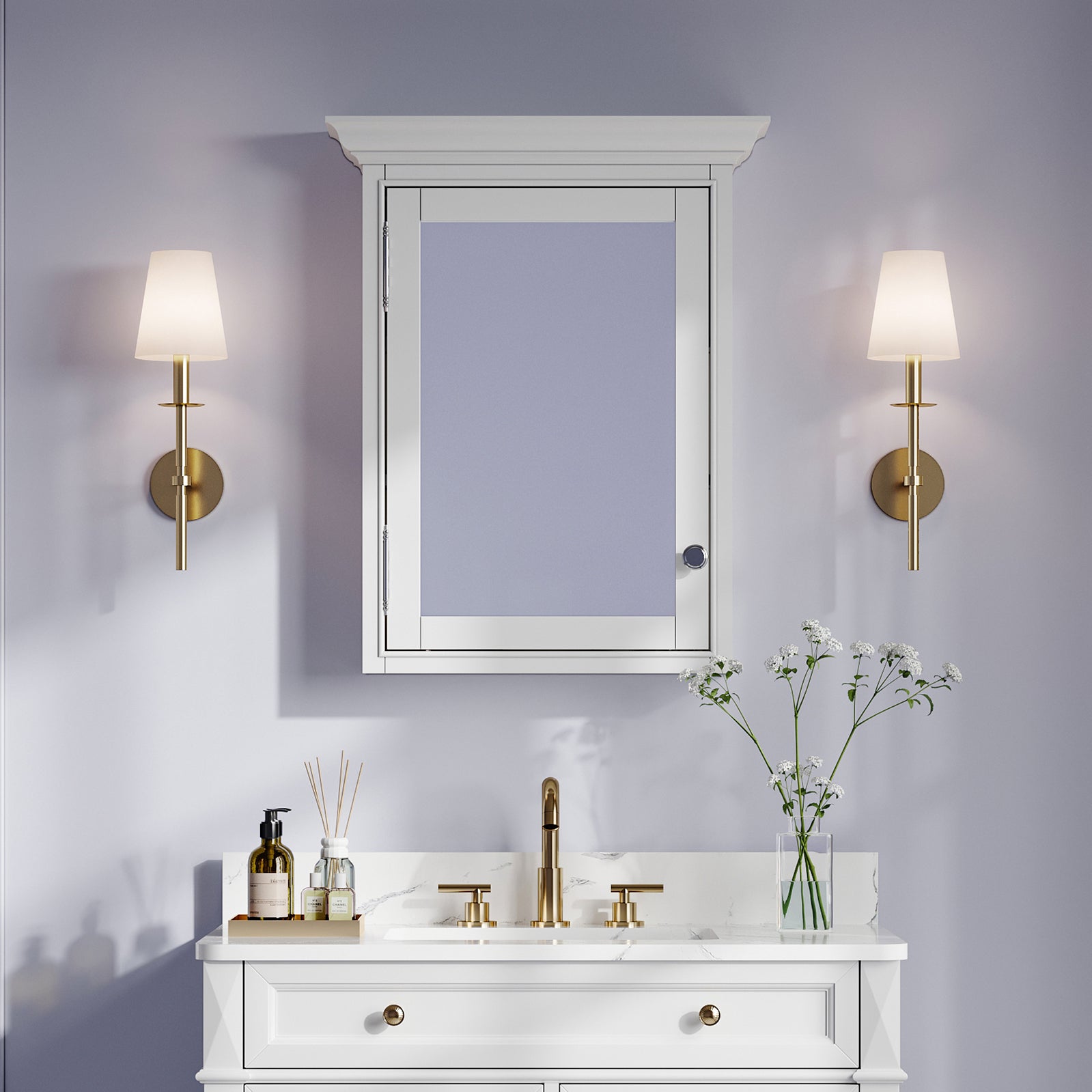
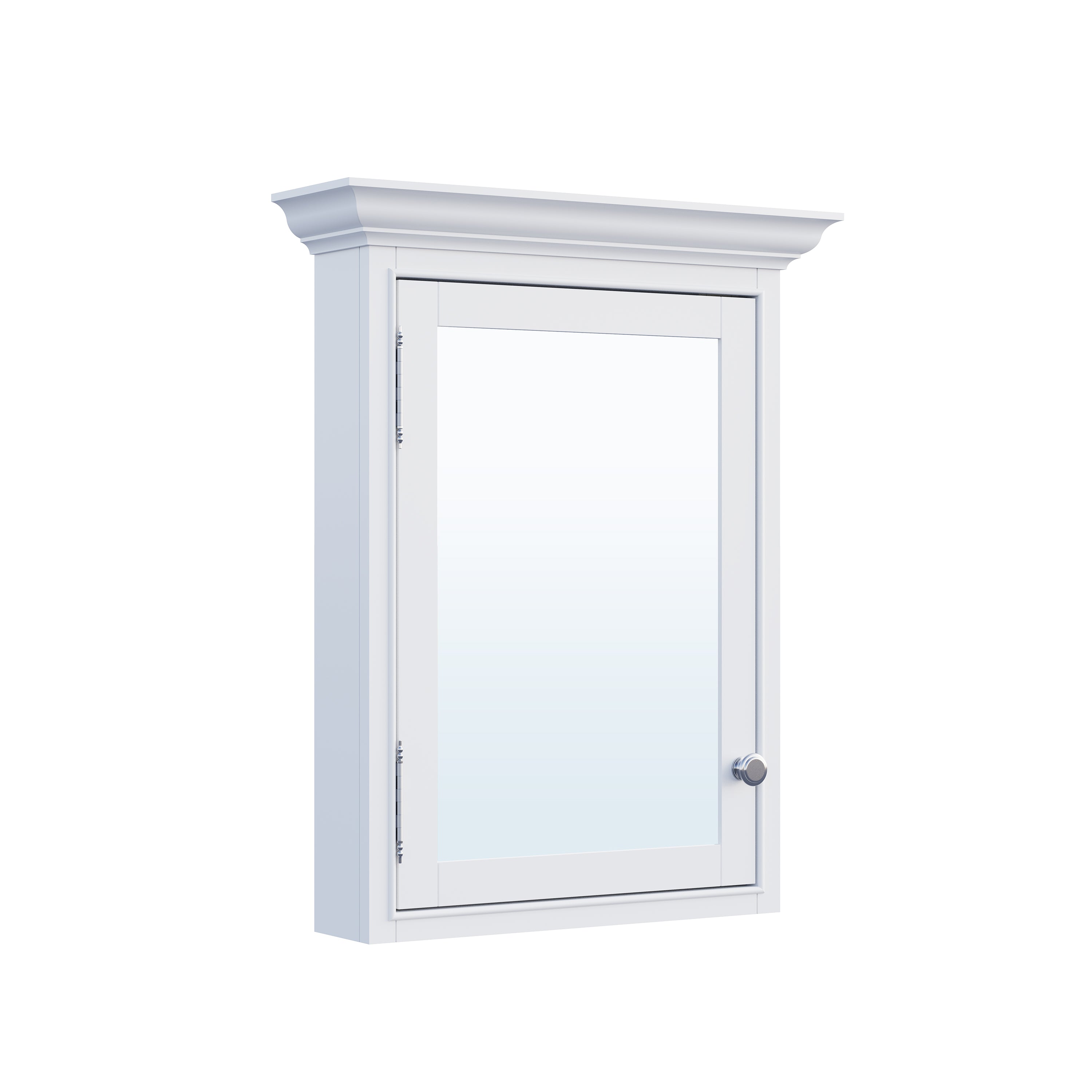
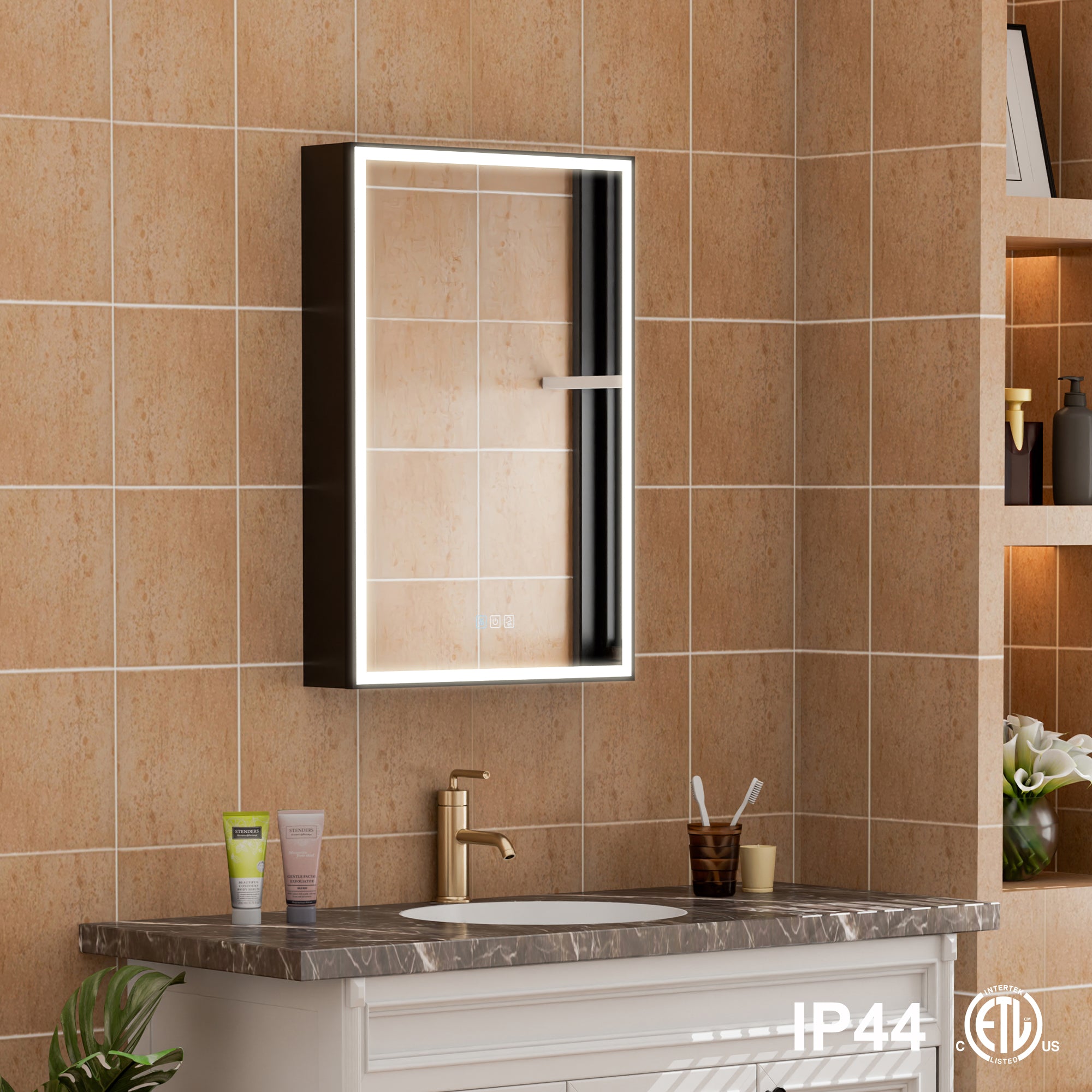
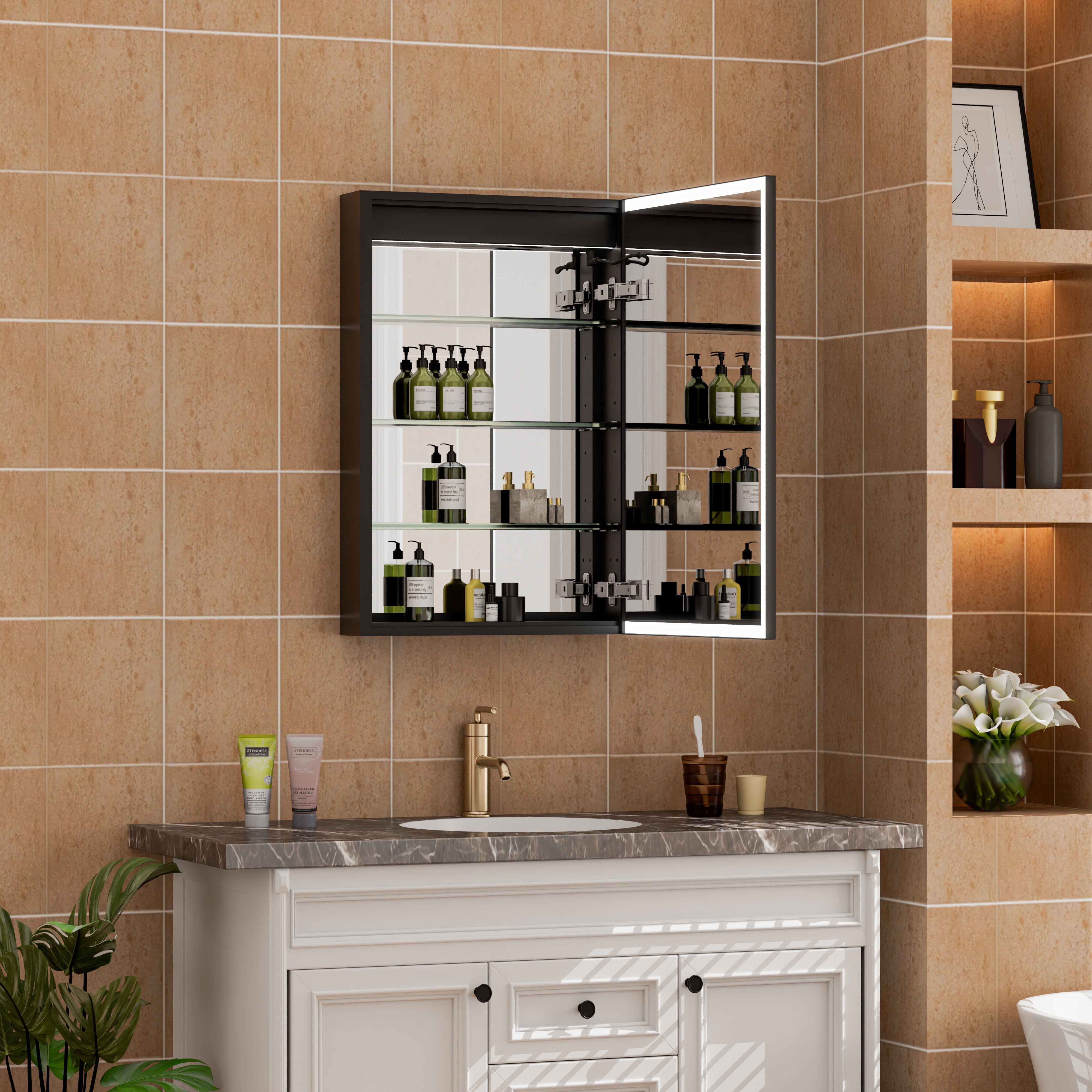
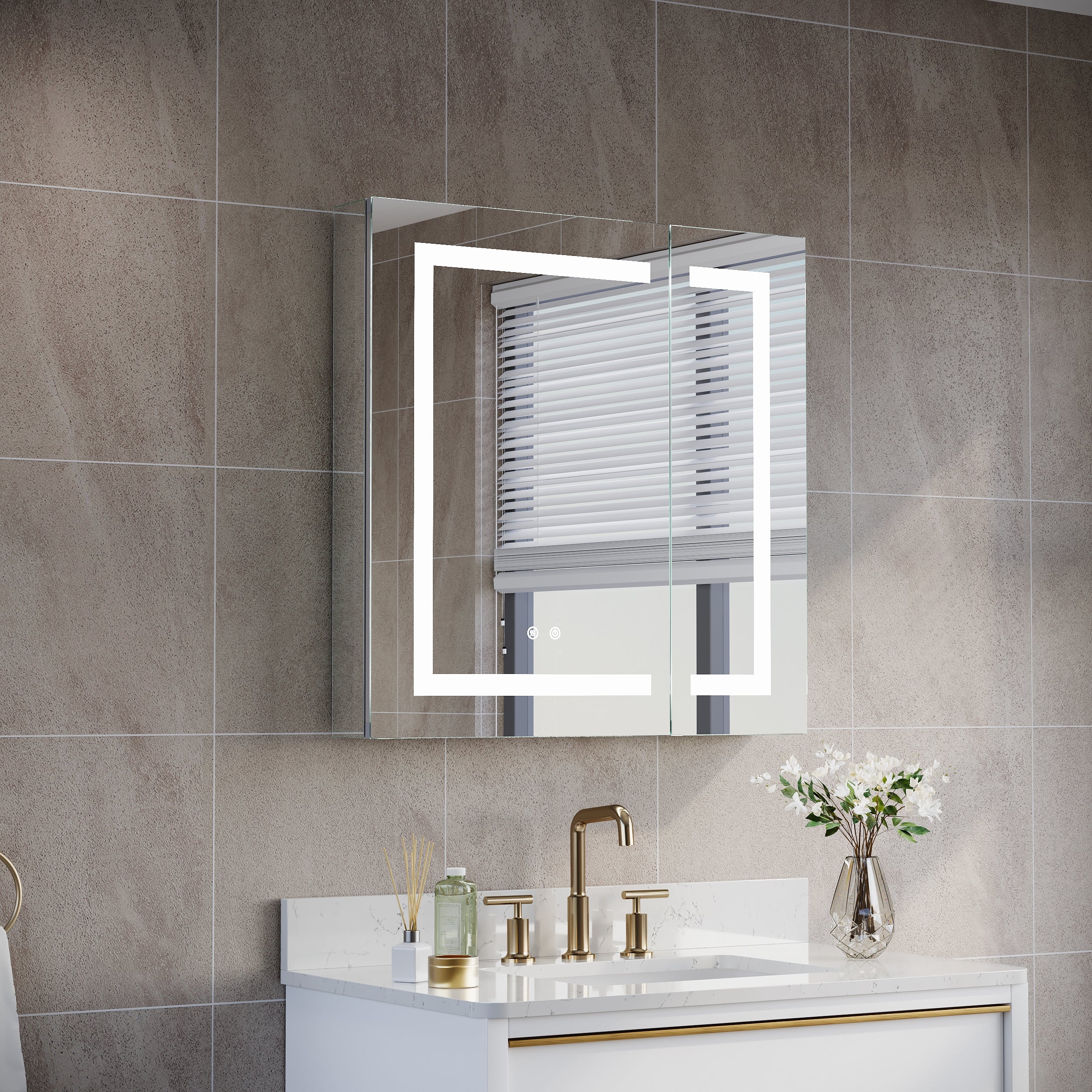
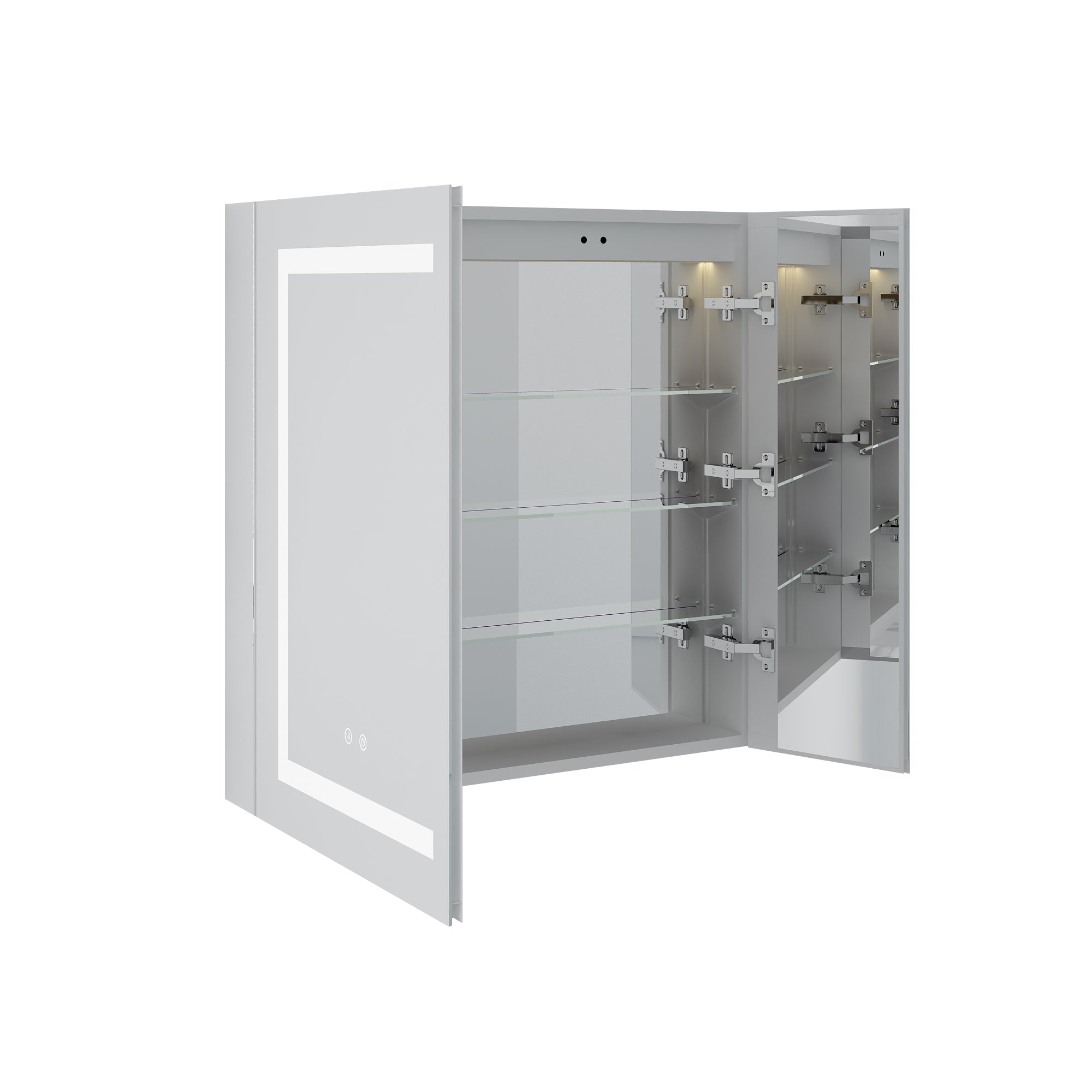
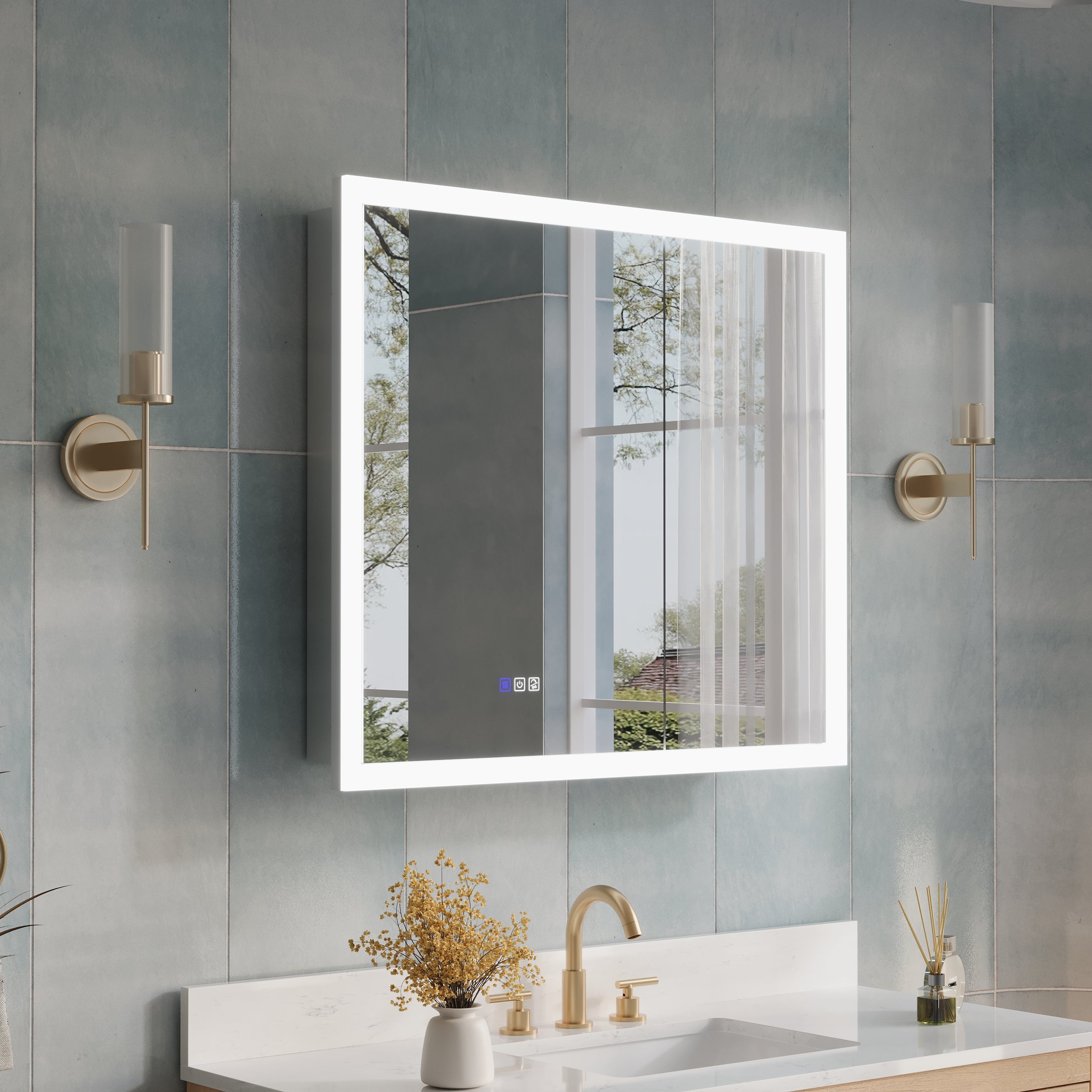

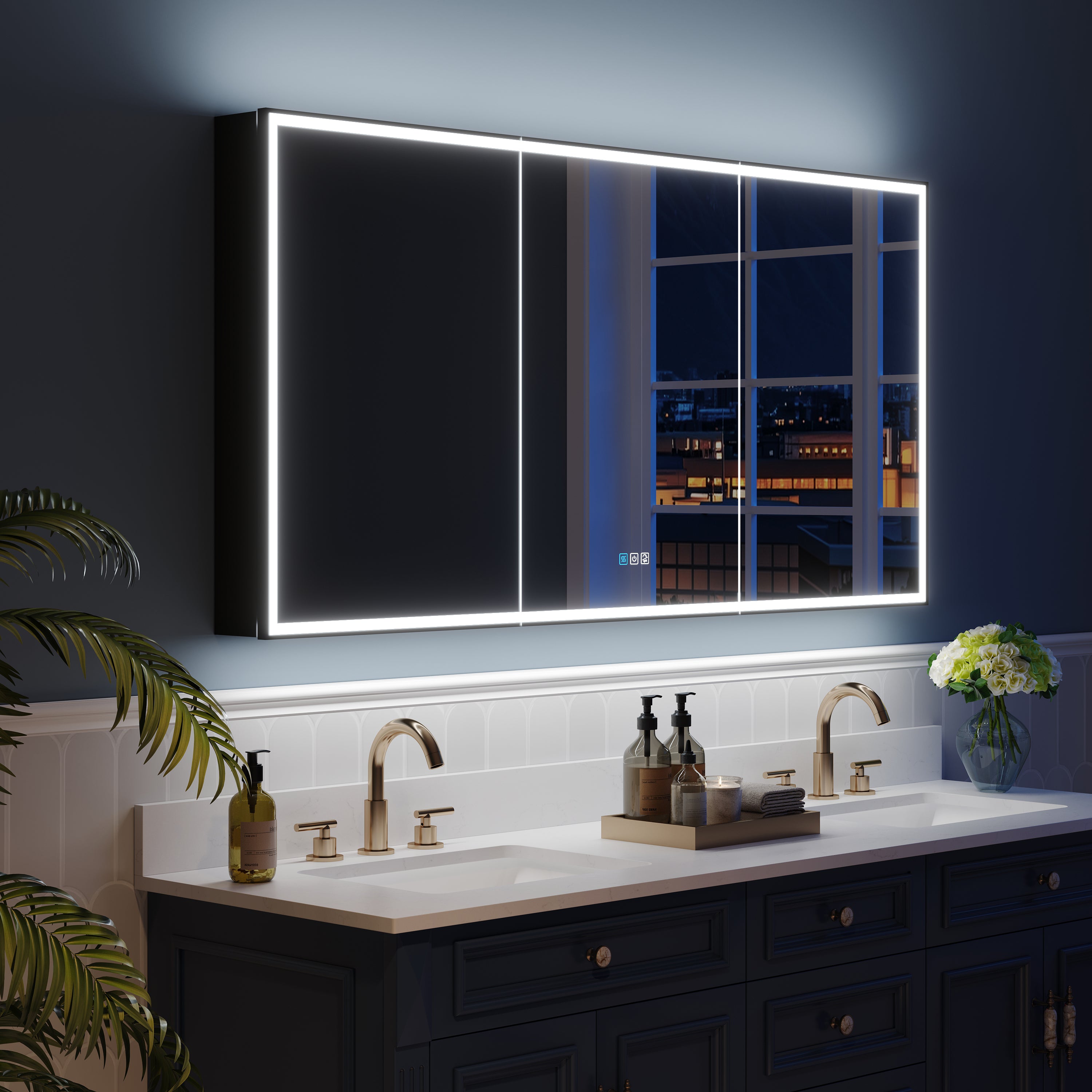
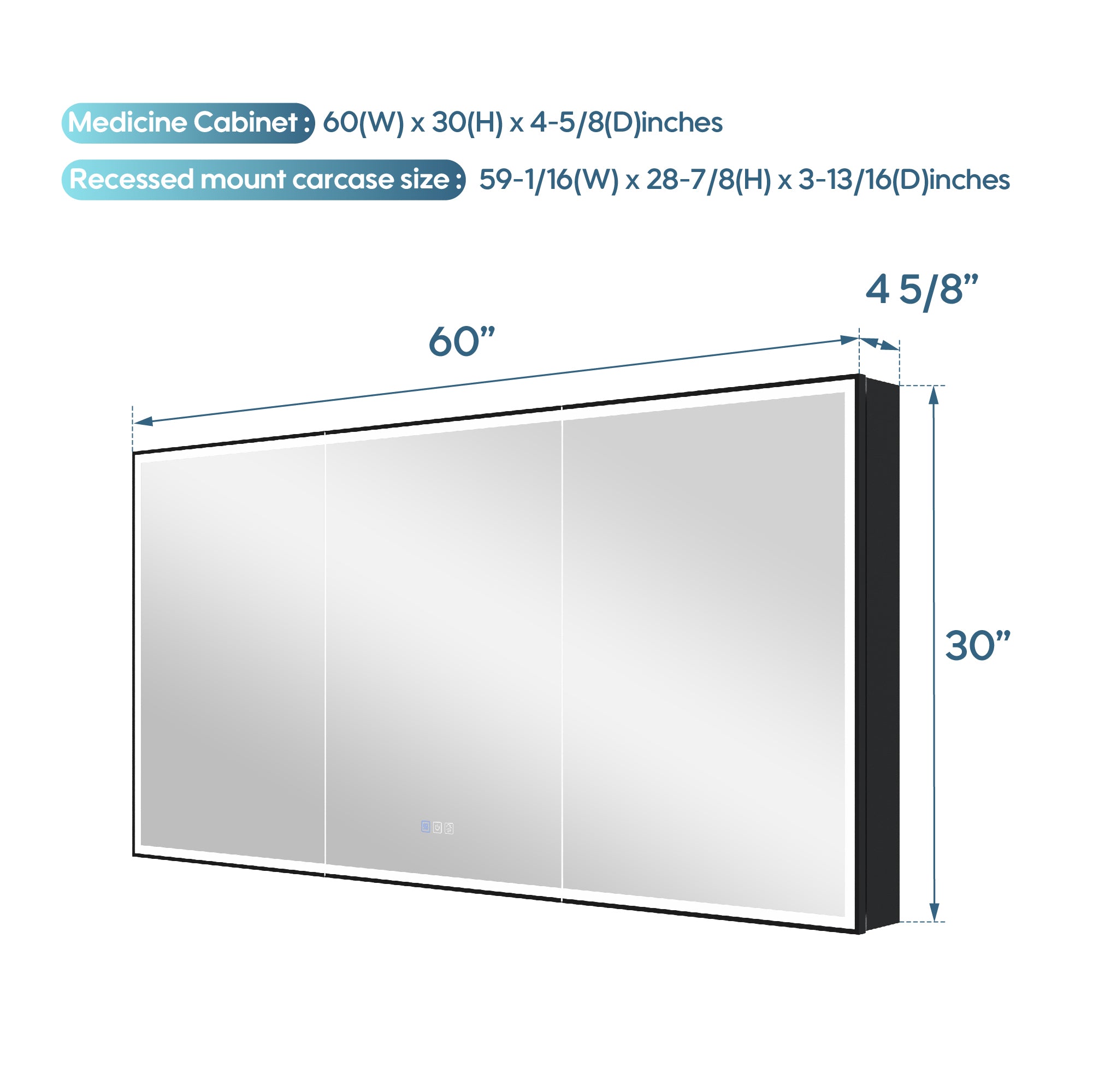
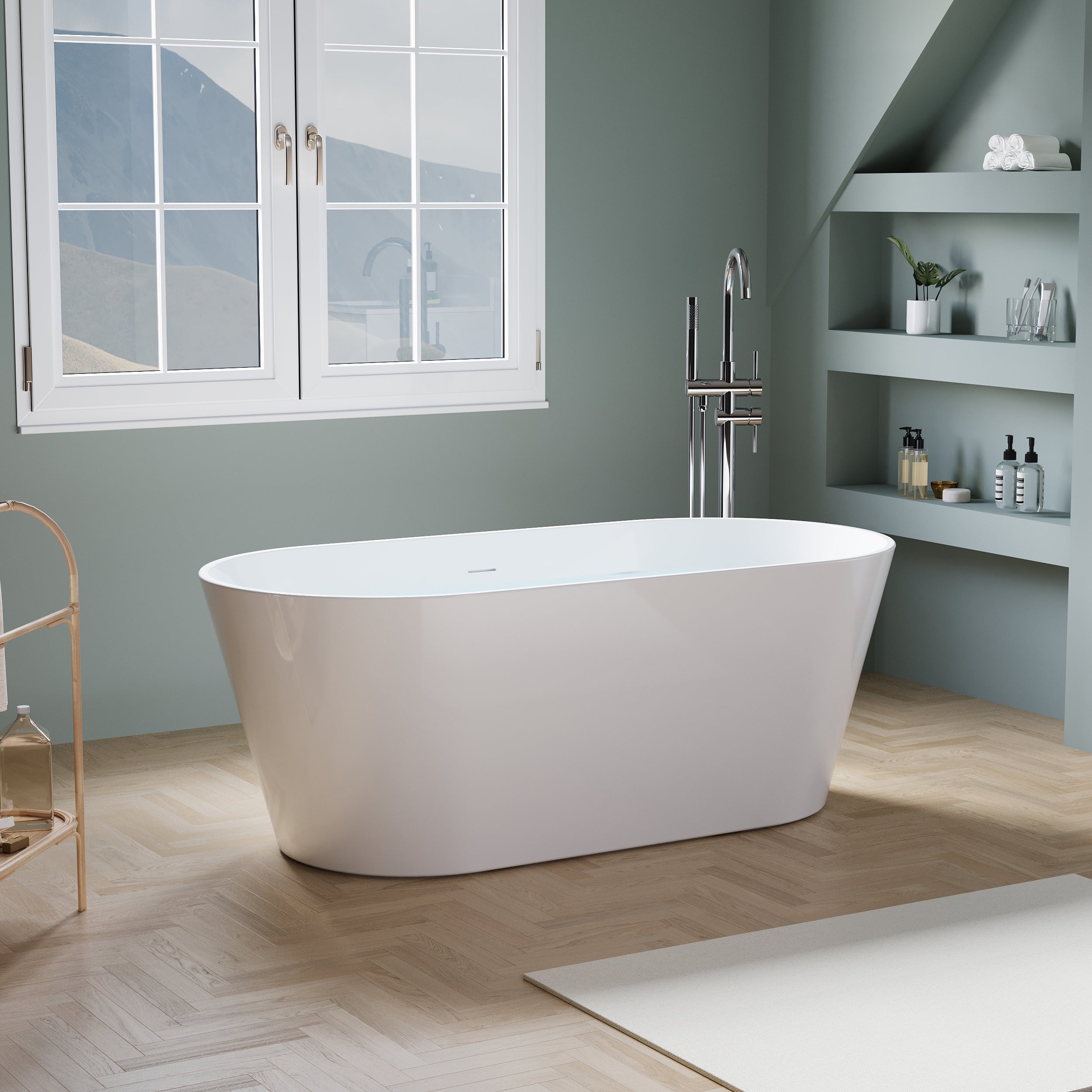
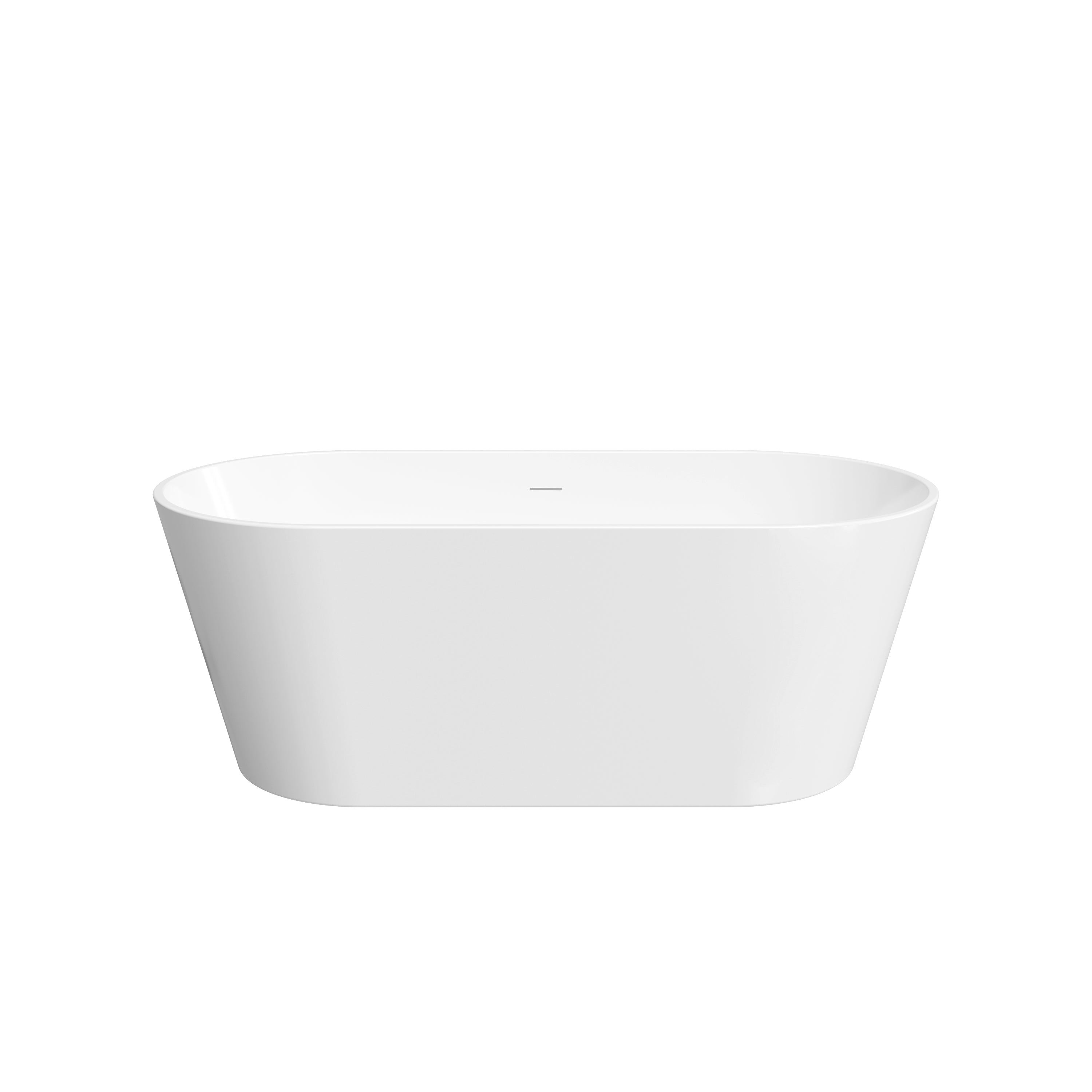


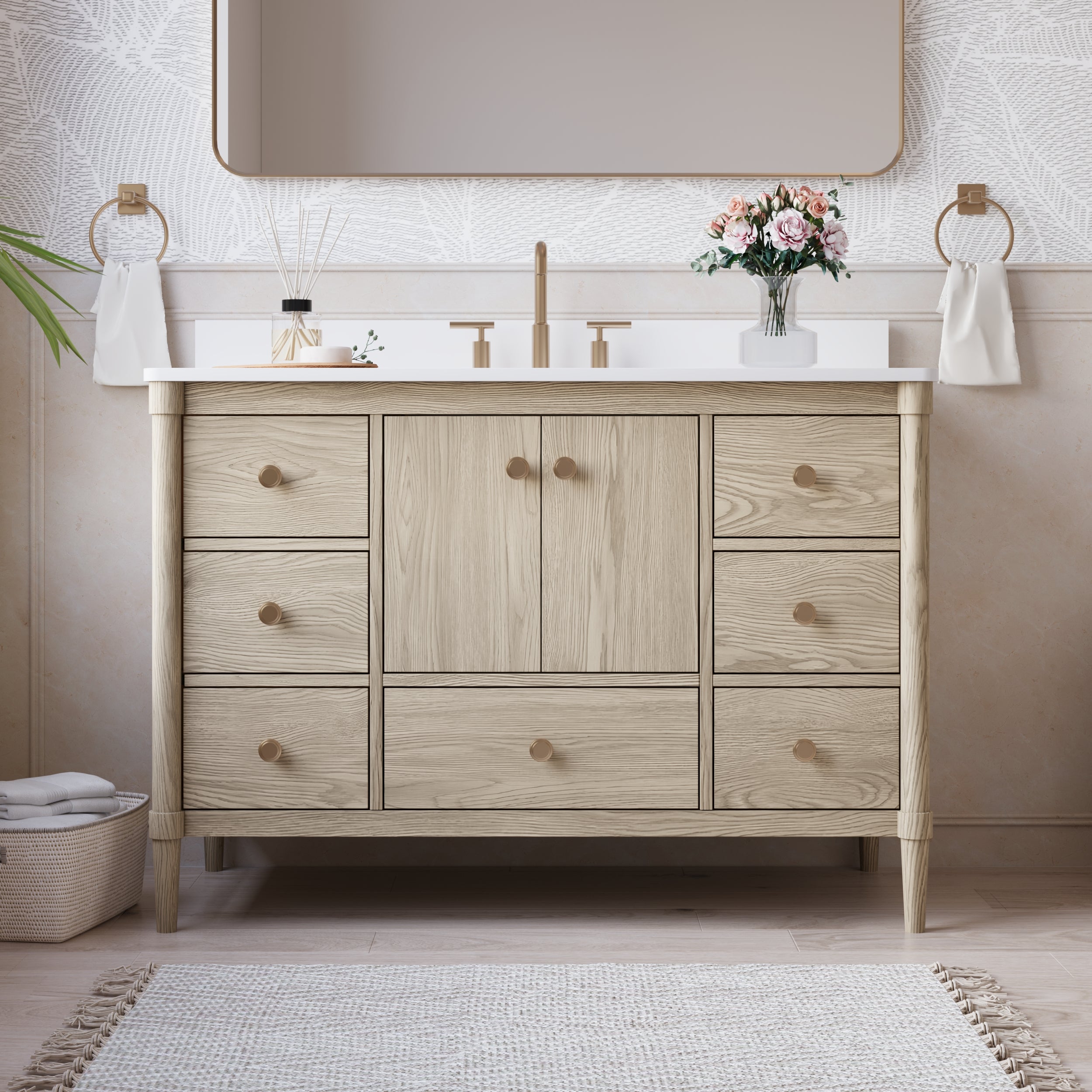
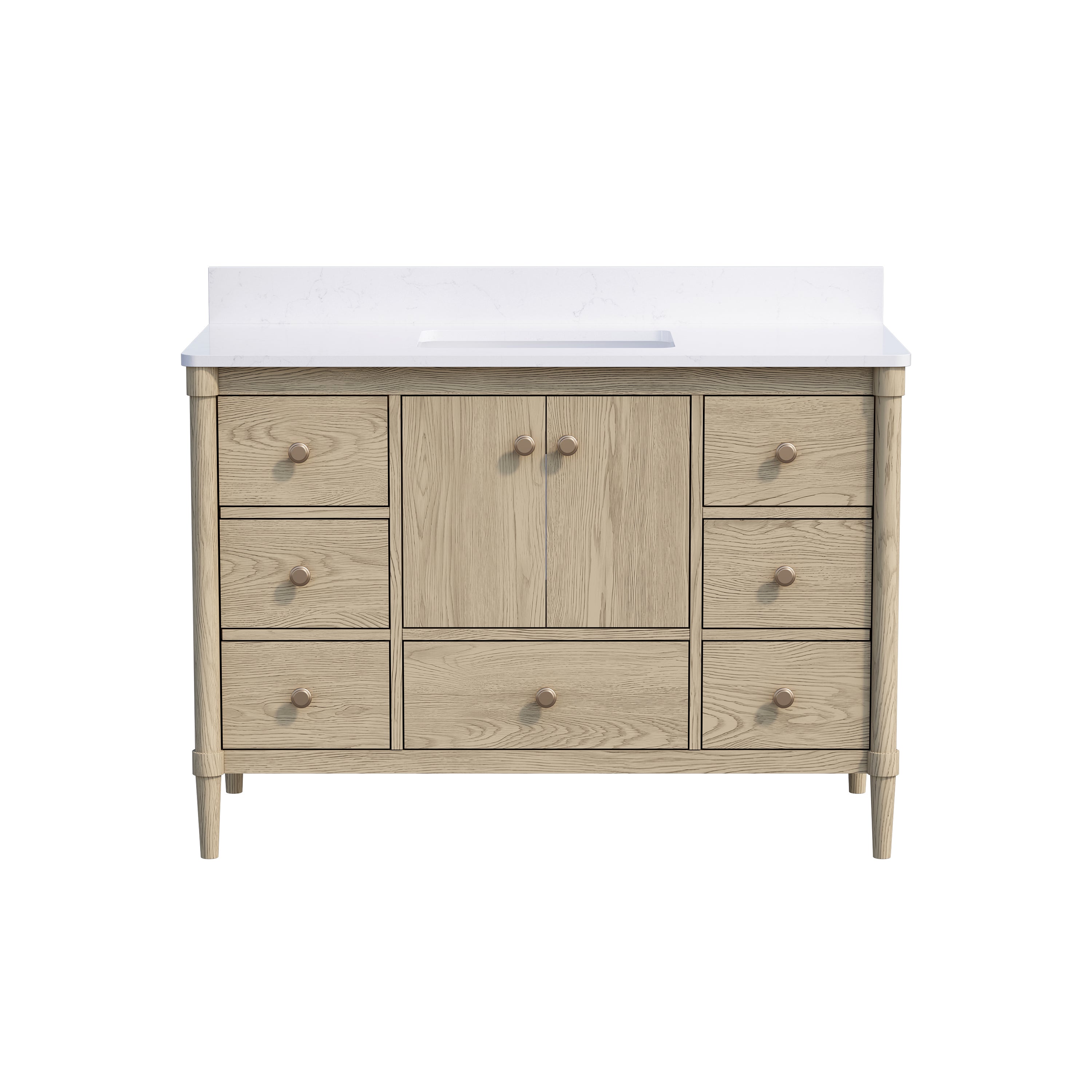
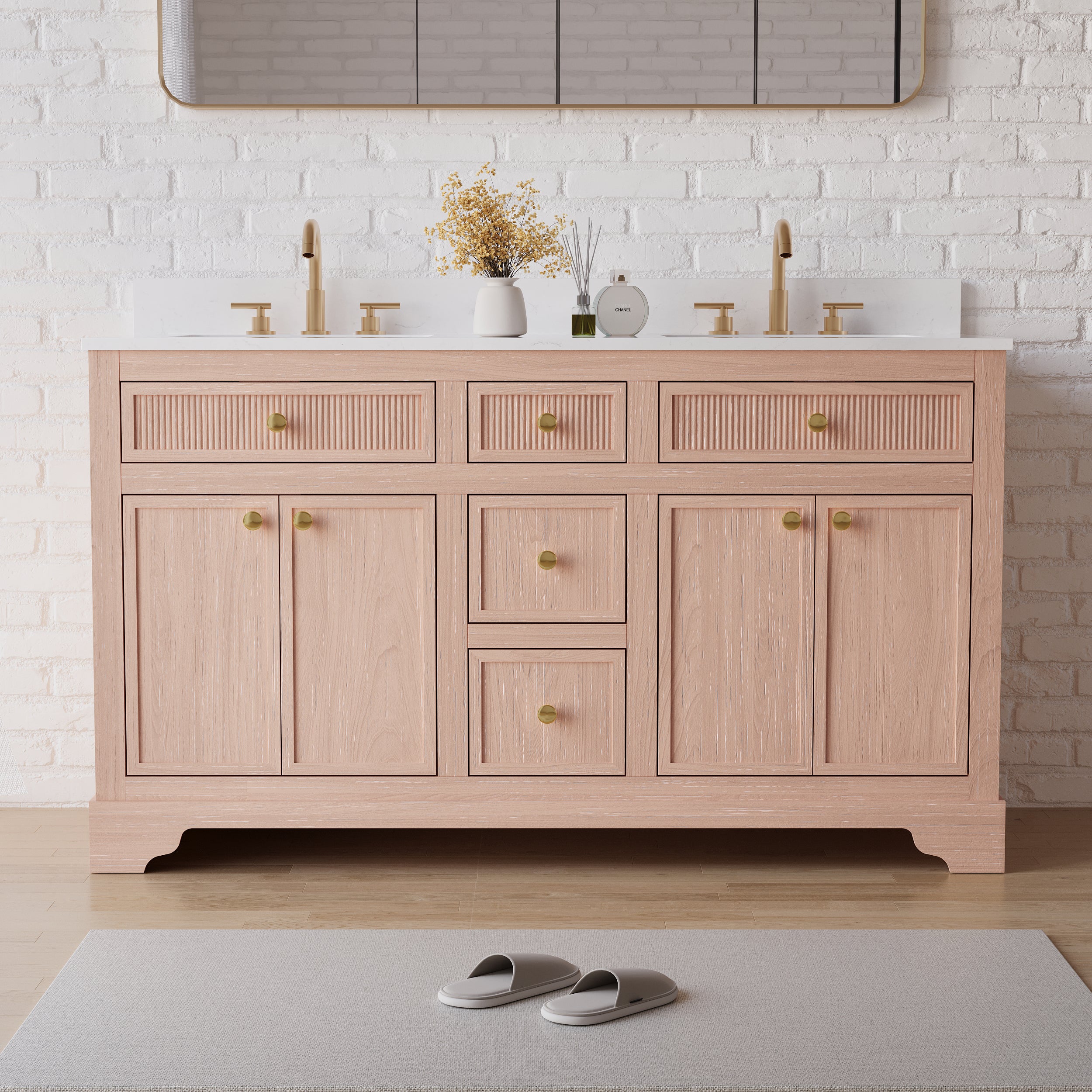
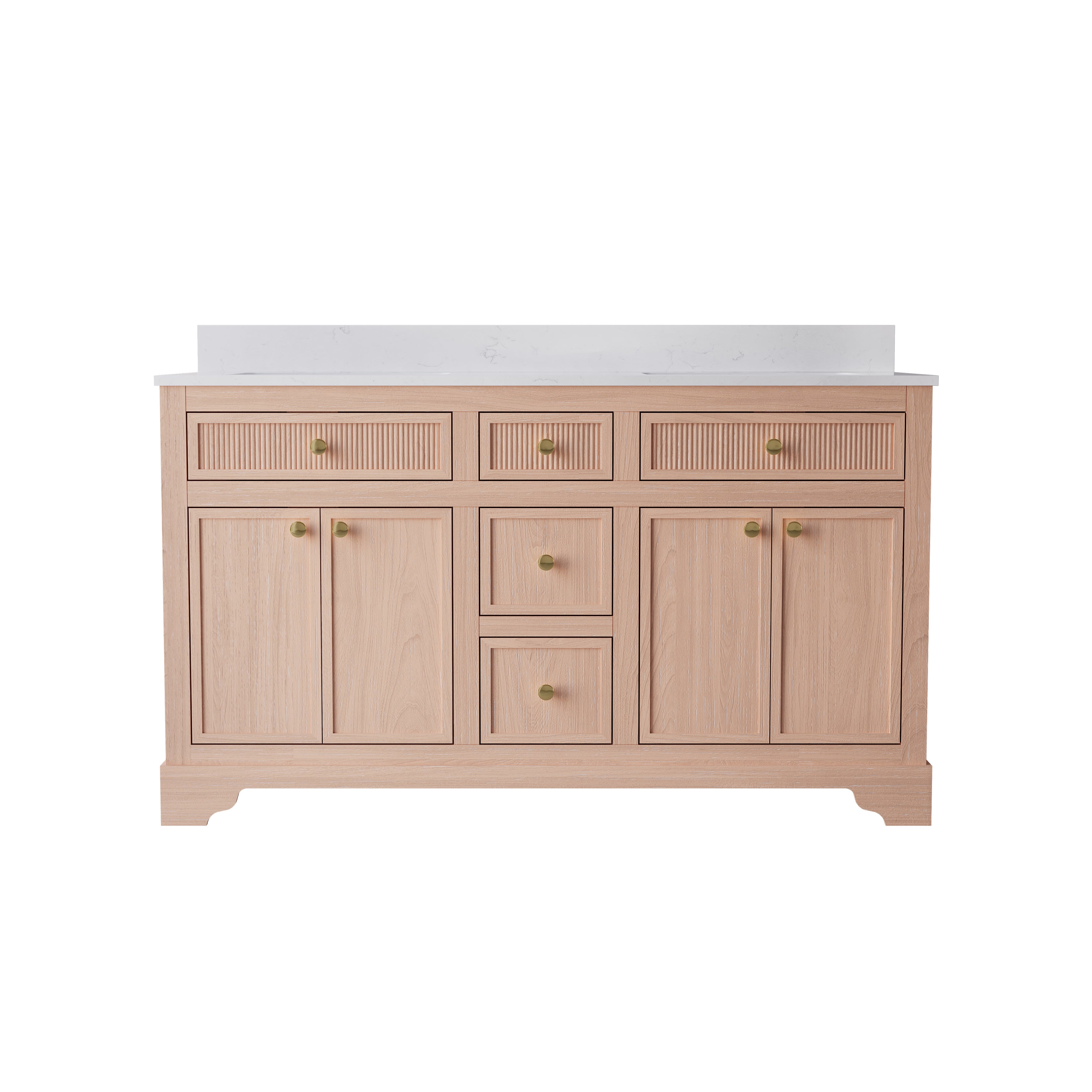
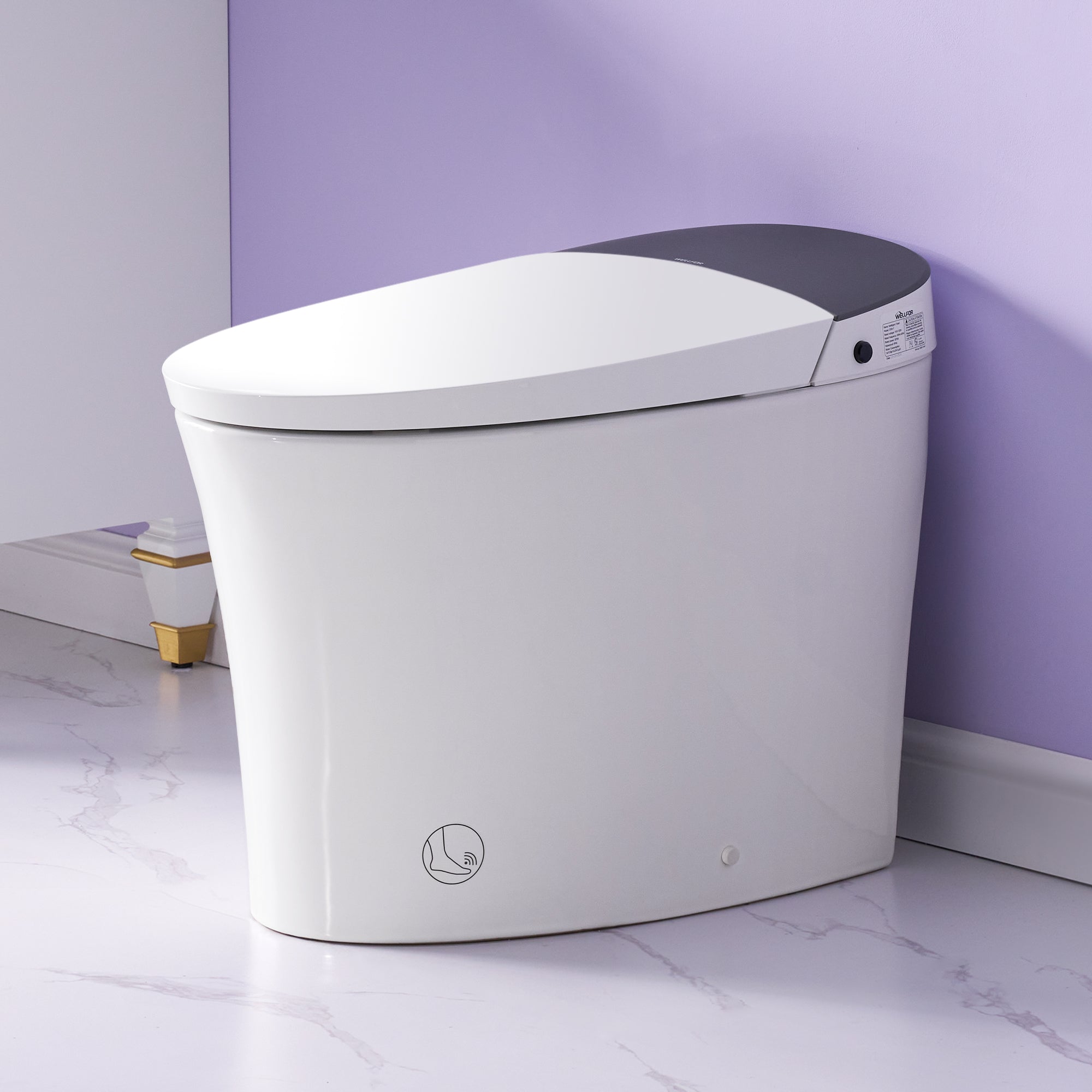
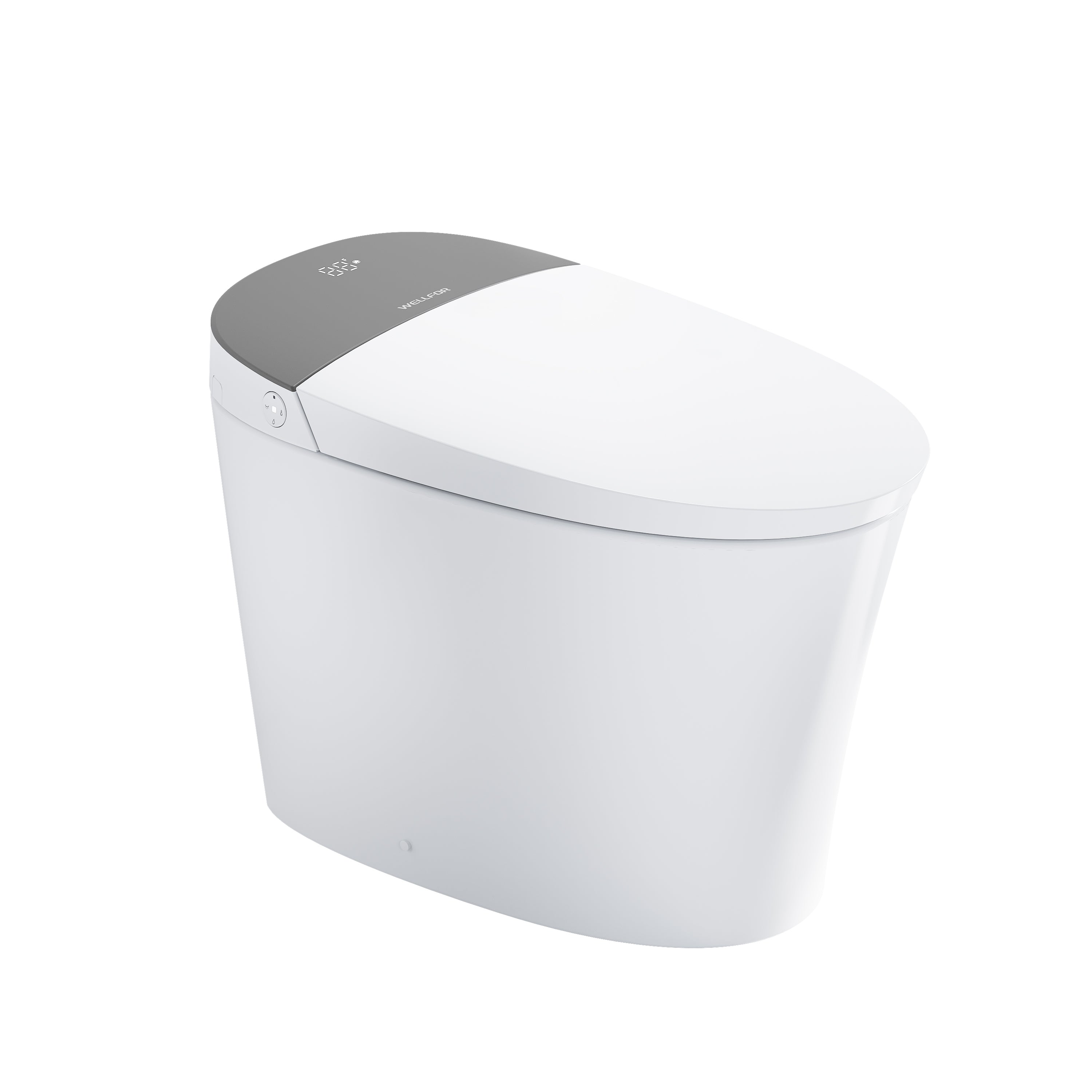
Leave a comment
This site is protected by hCaptcha and the hCaptcha Privacy Policy and Terms of Service apply.